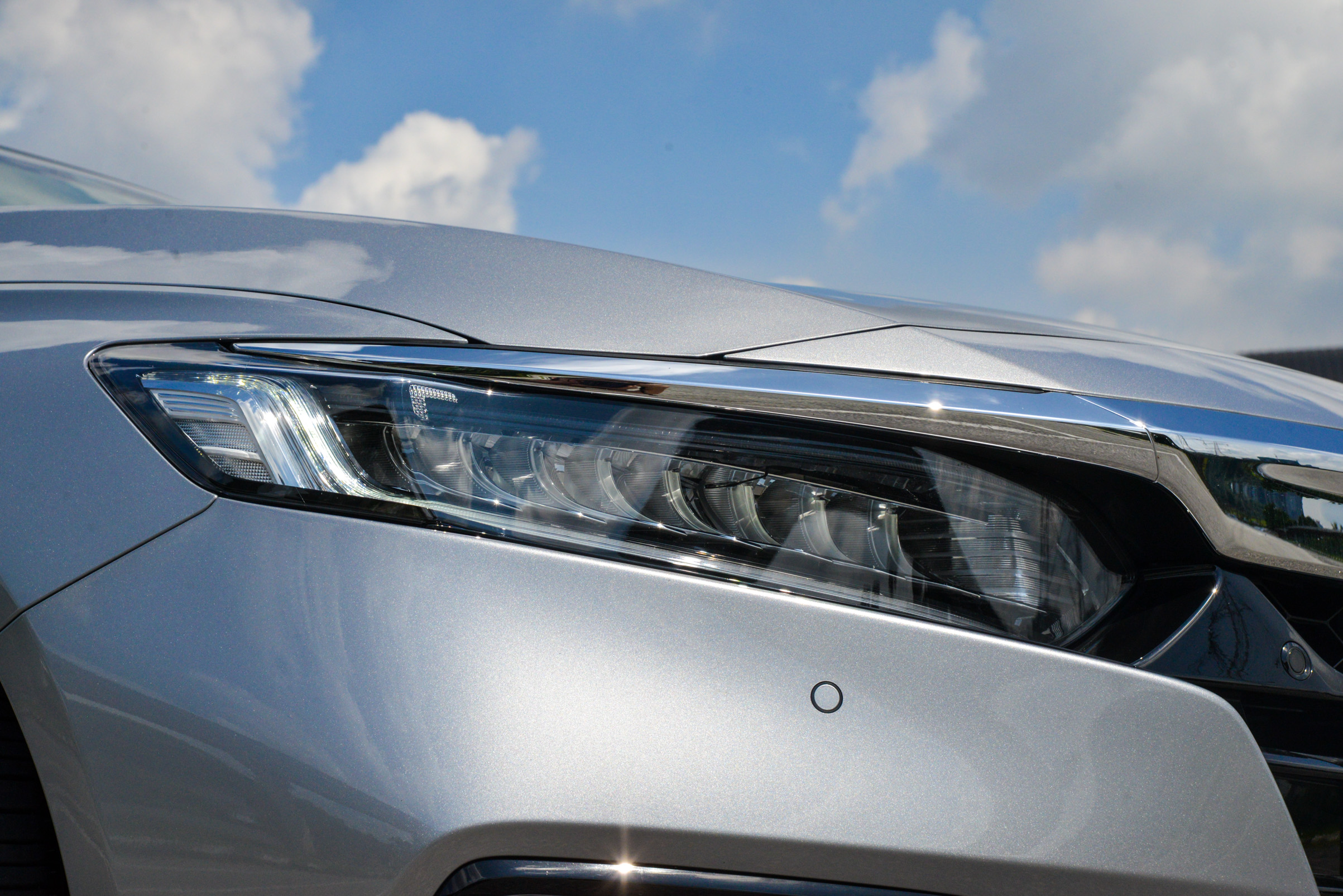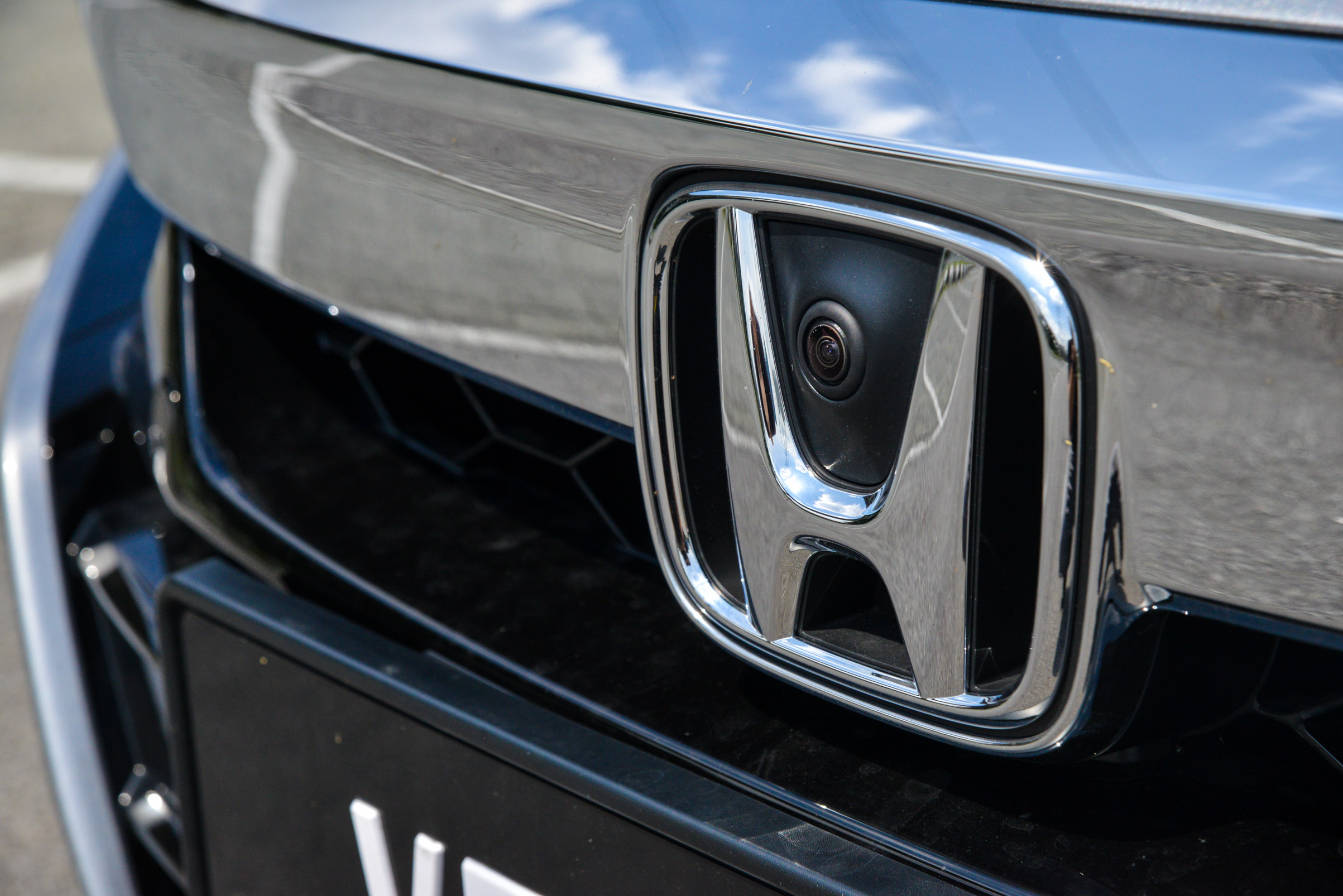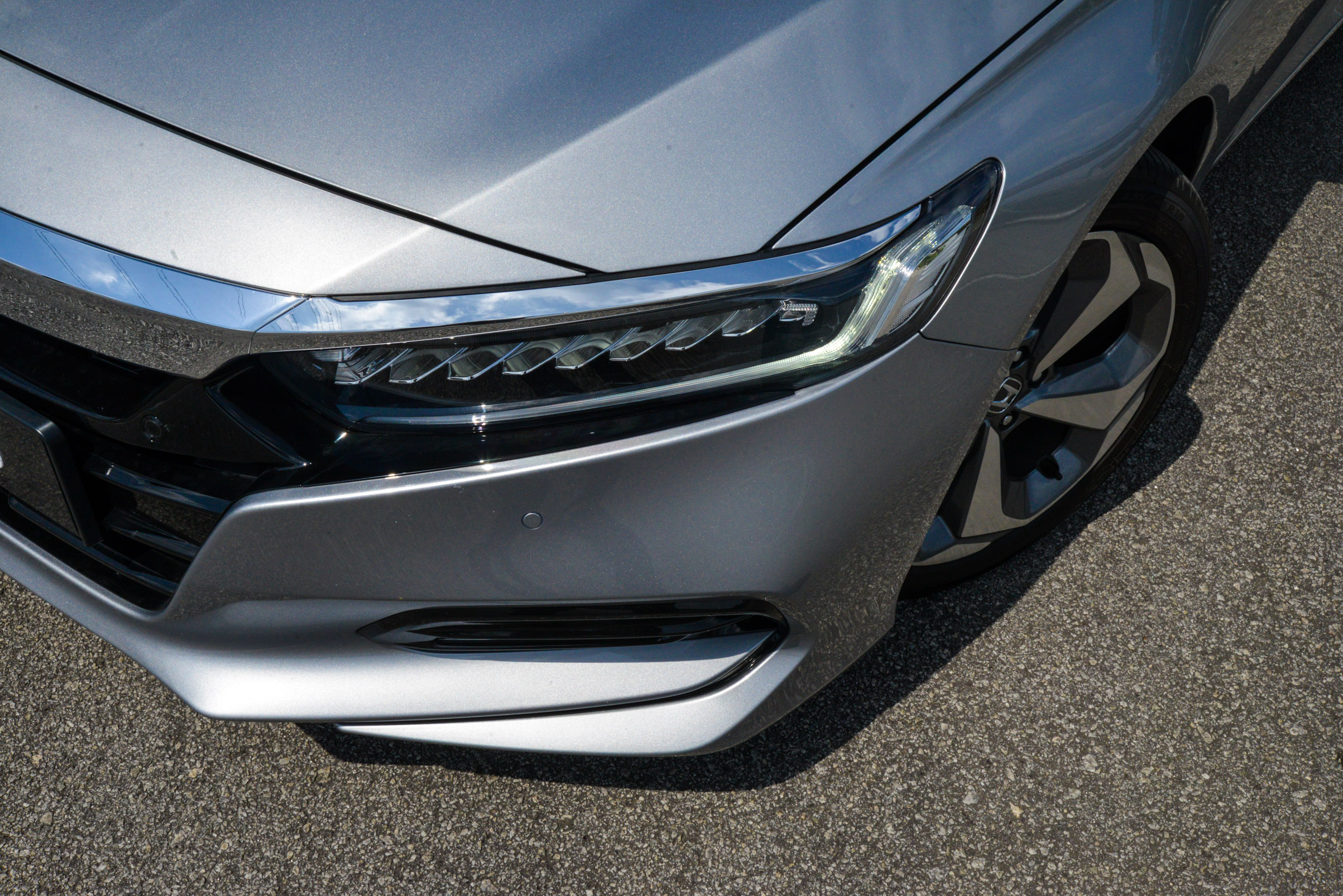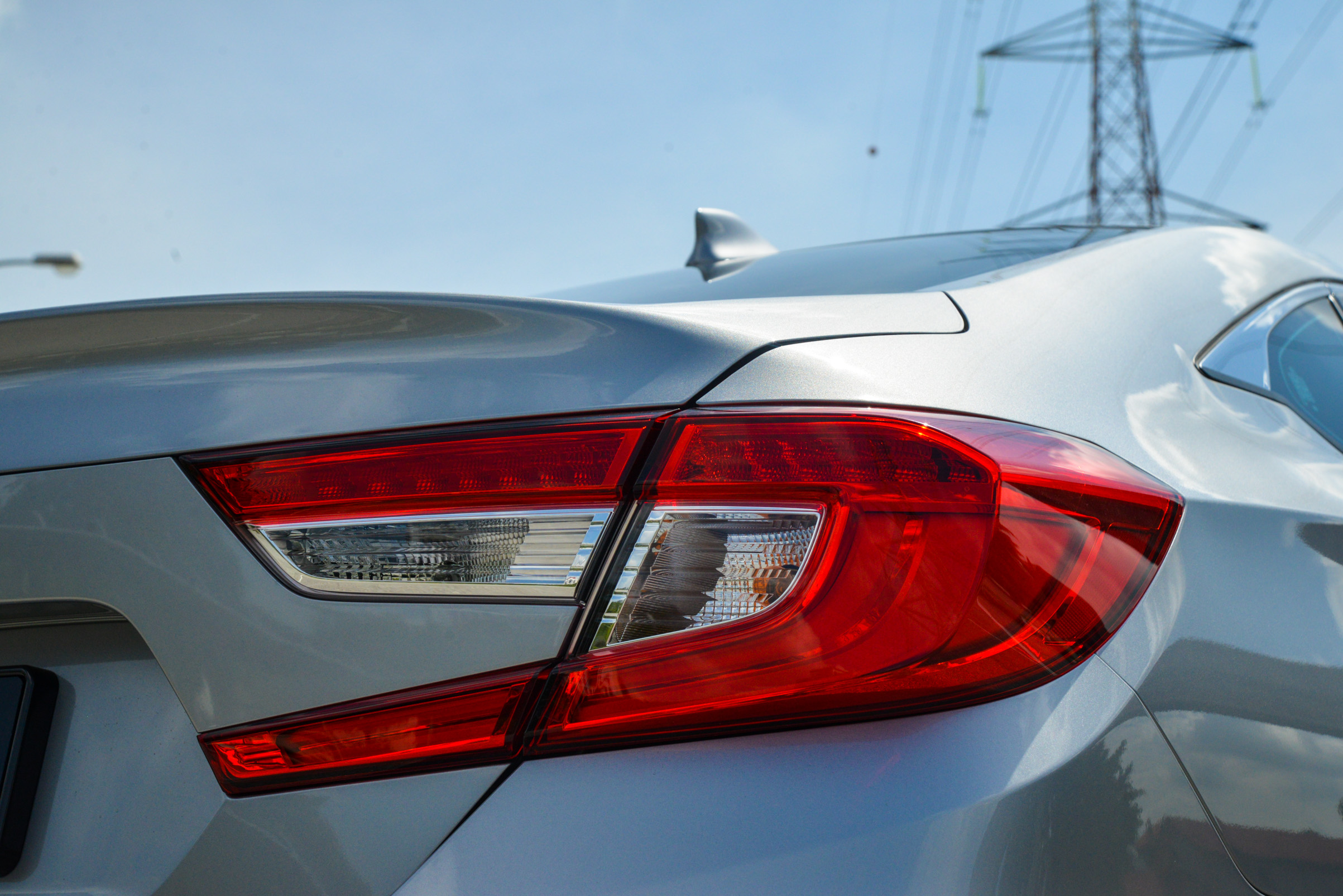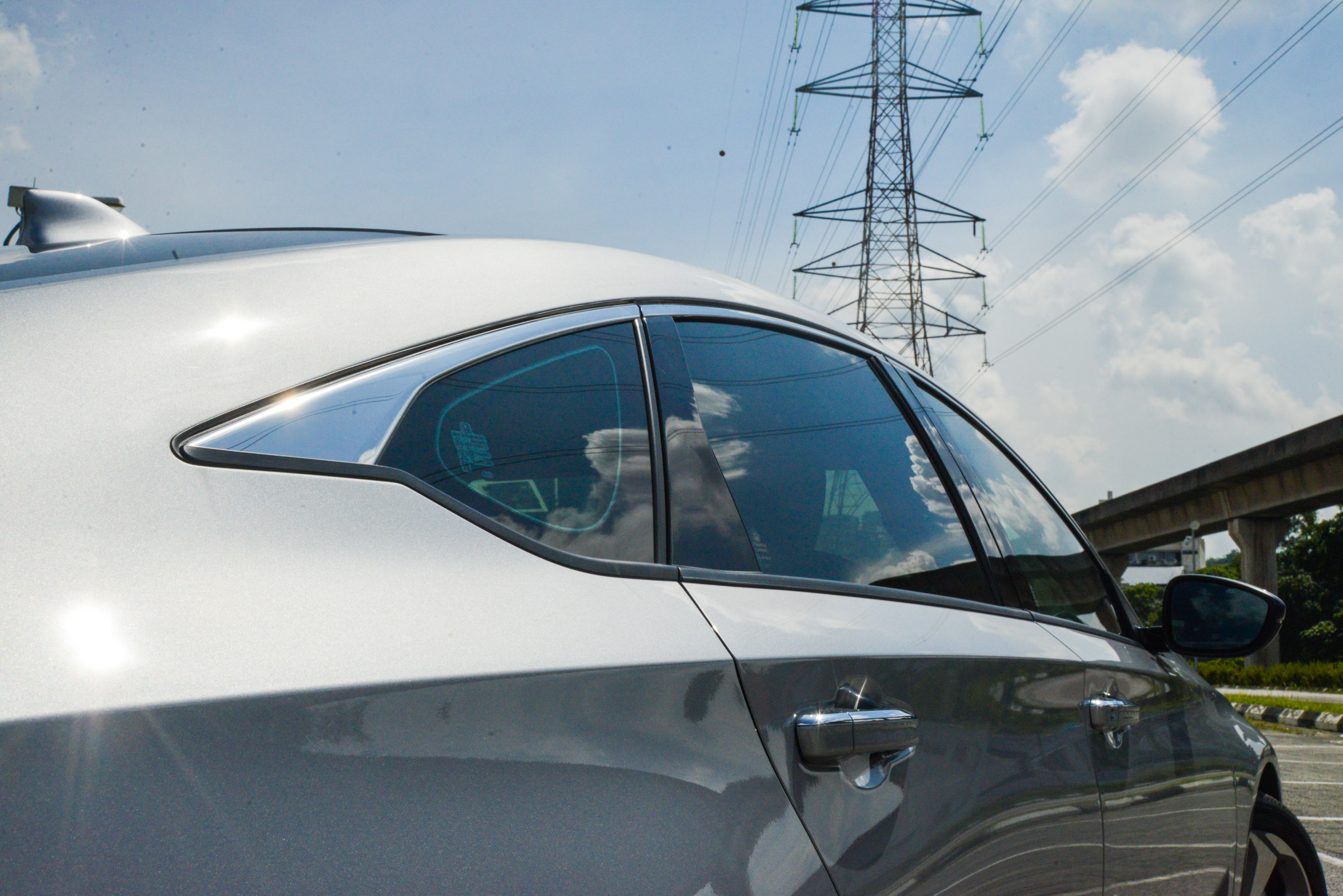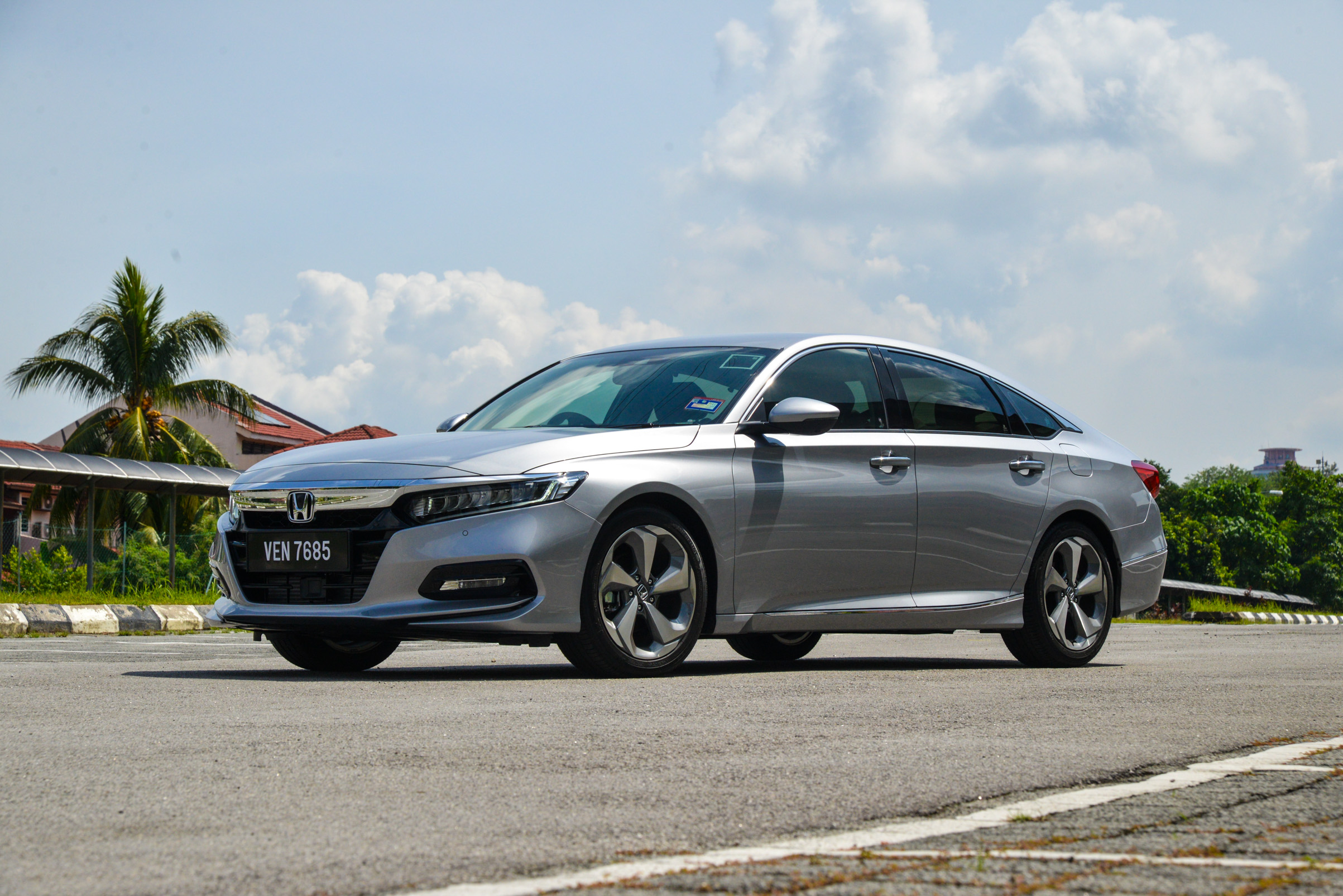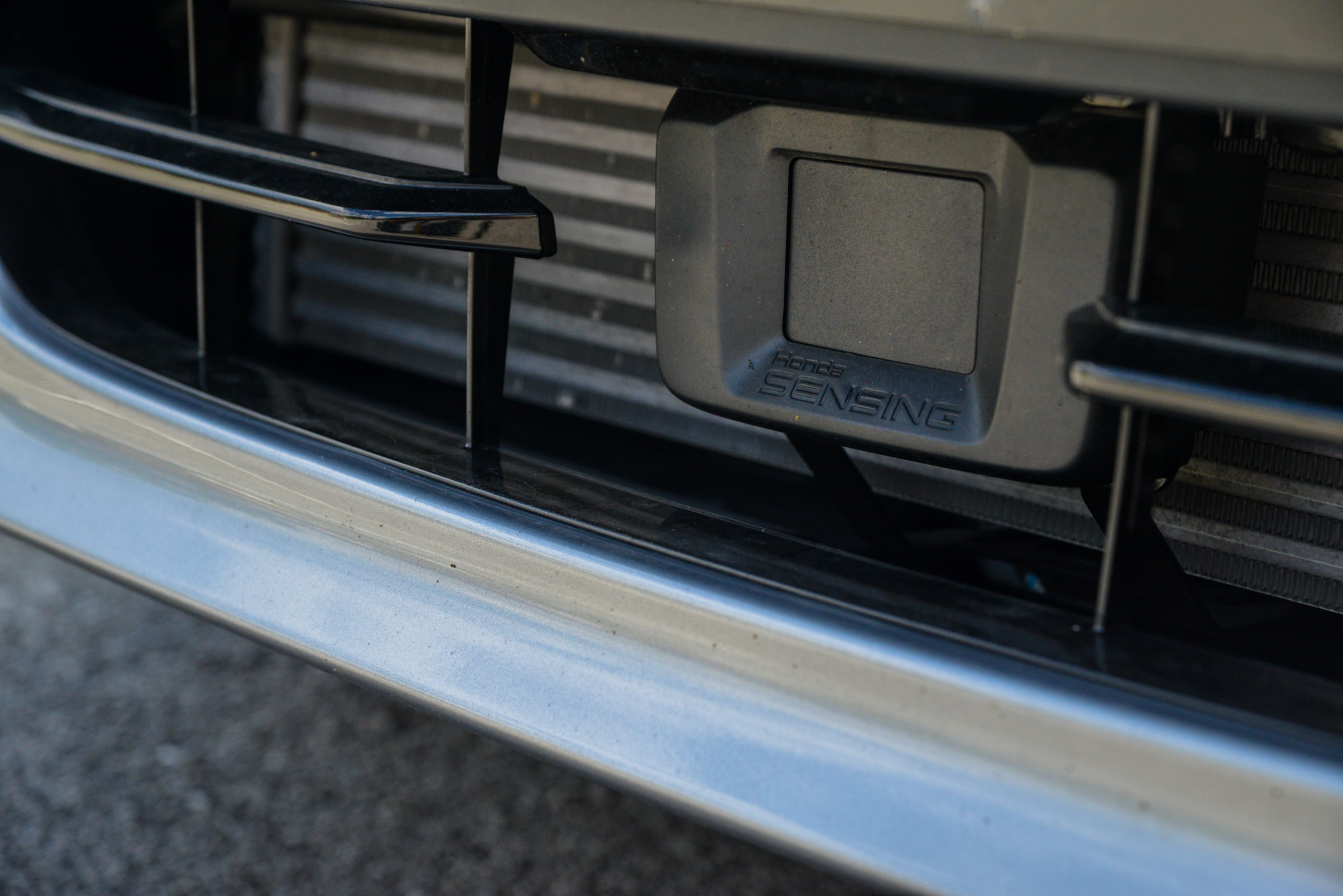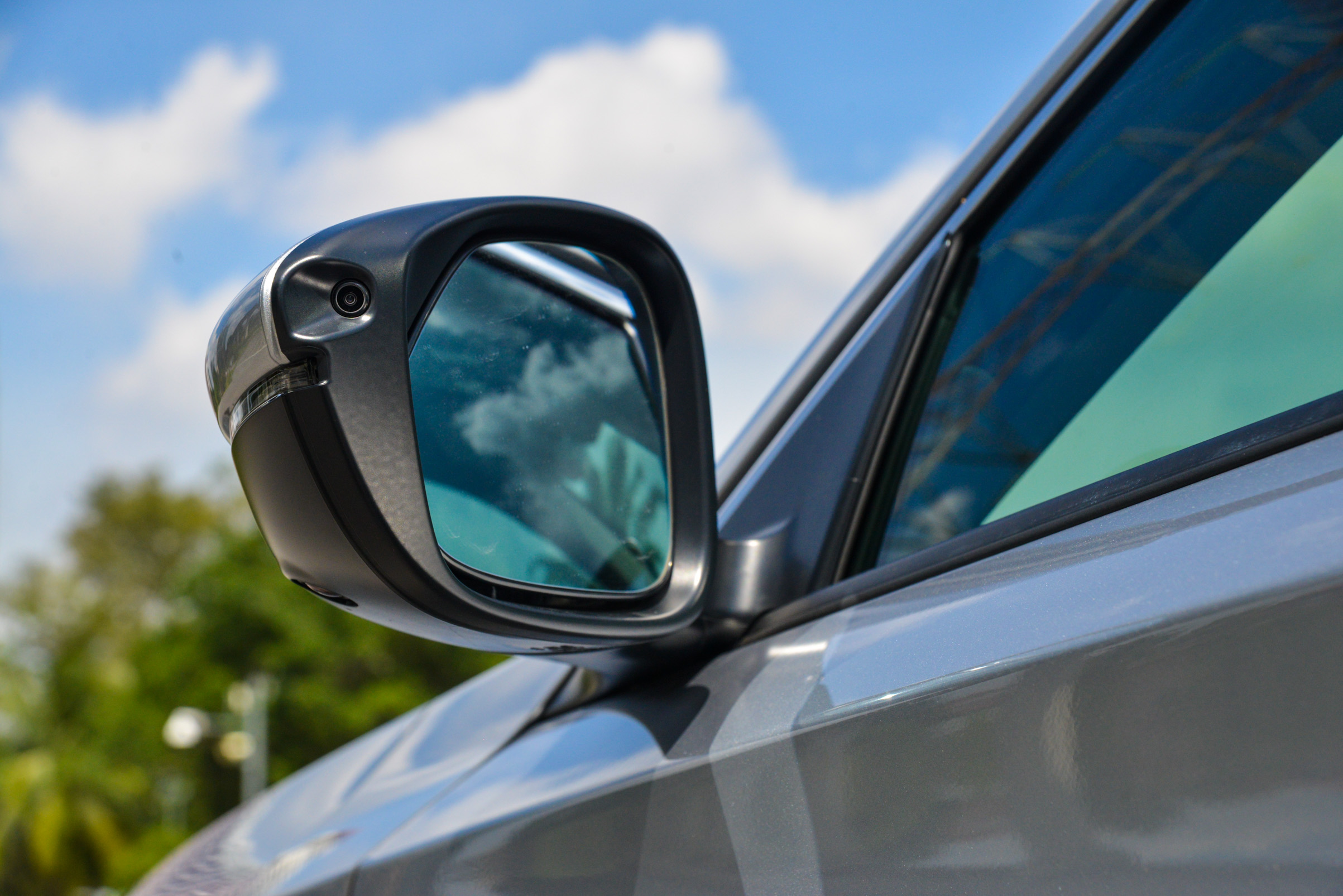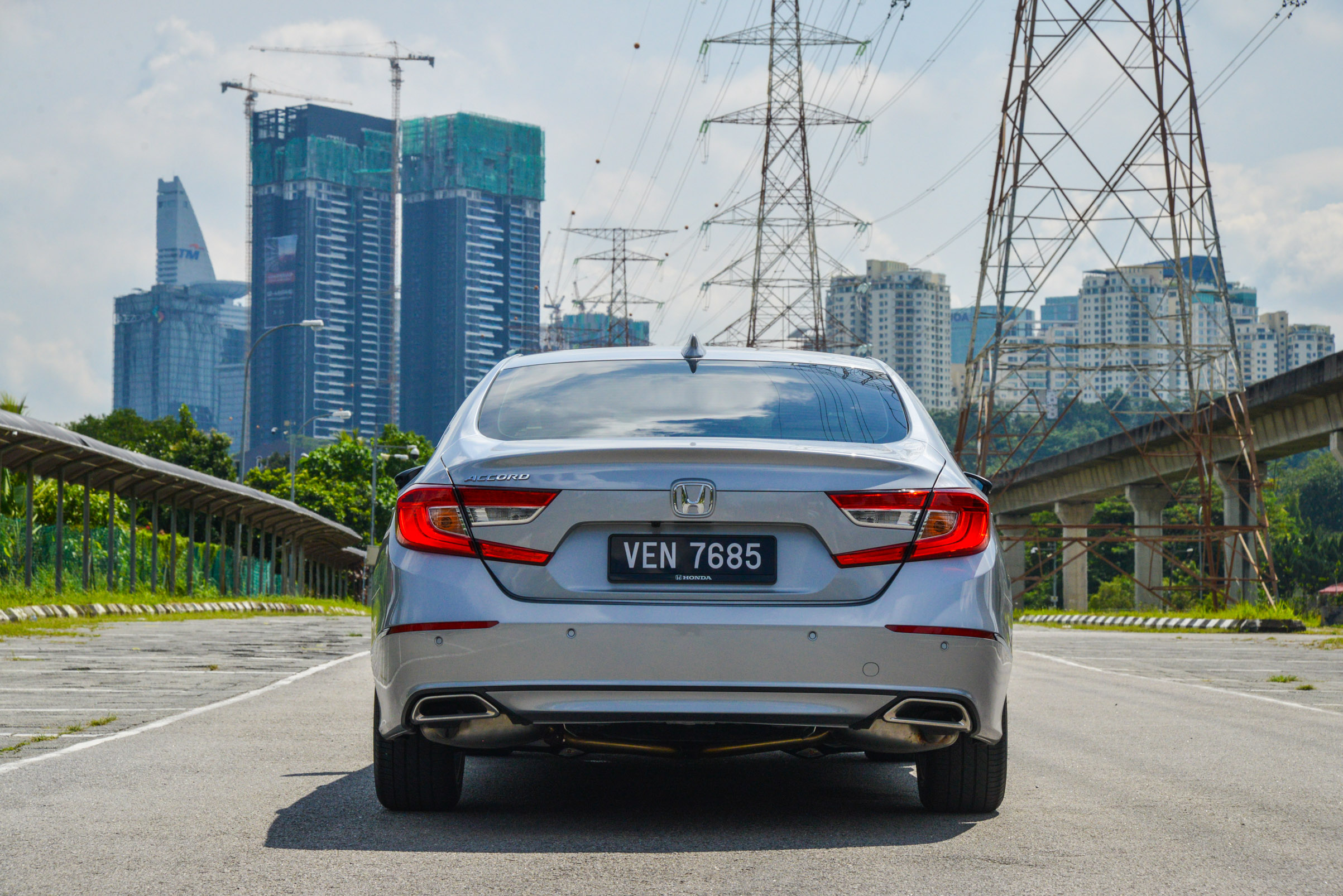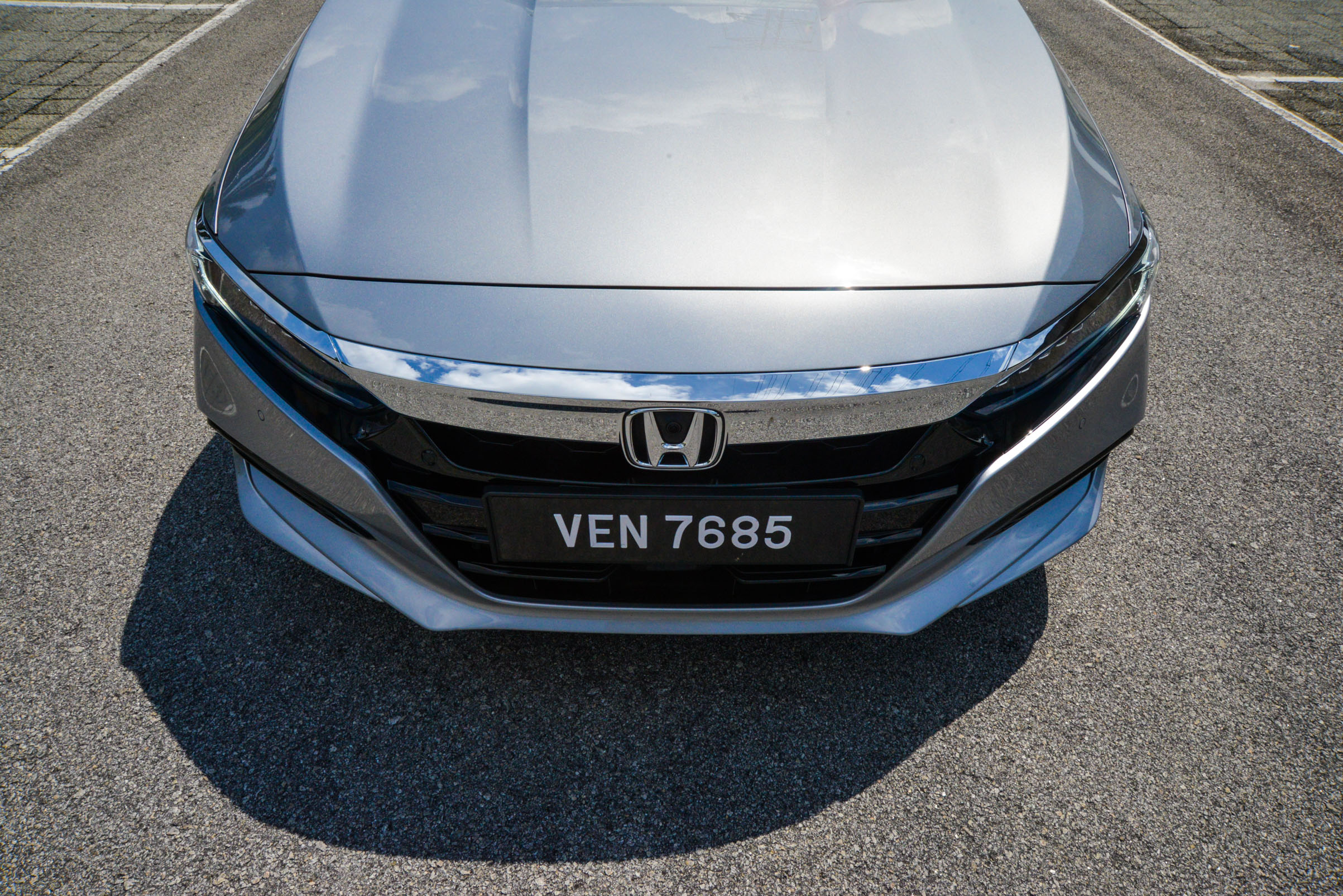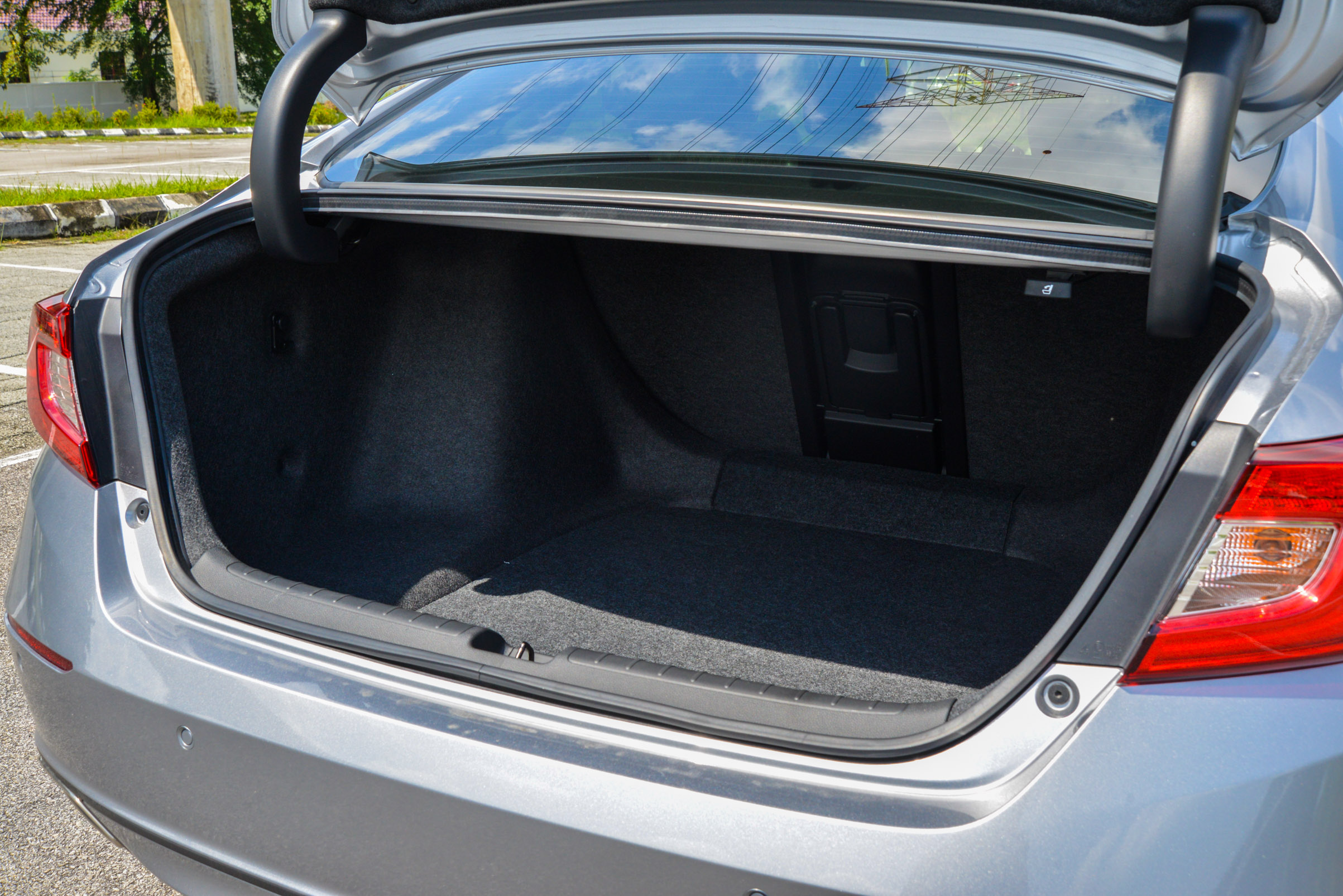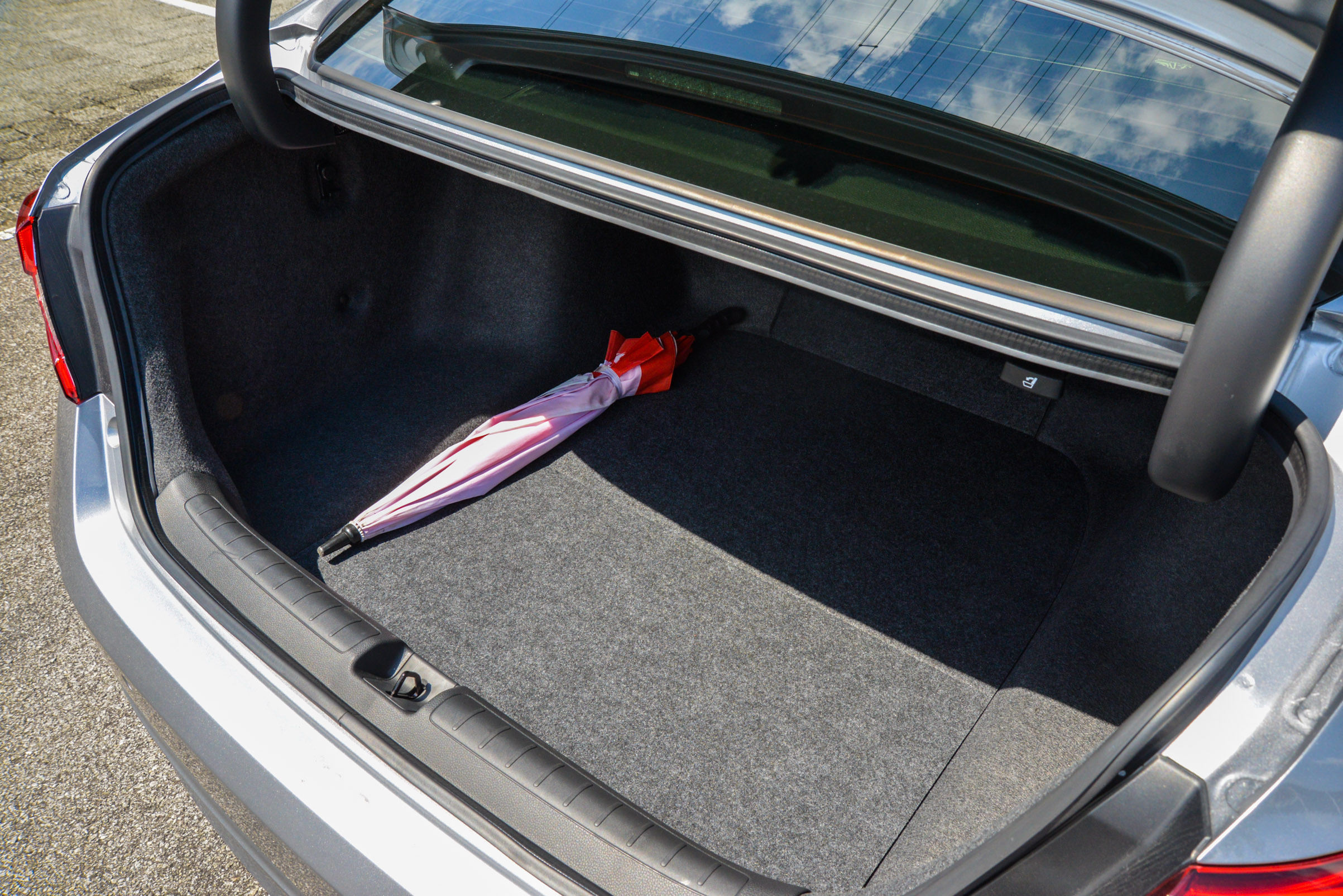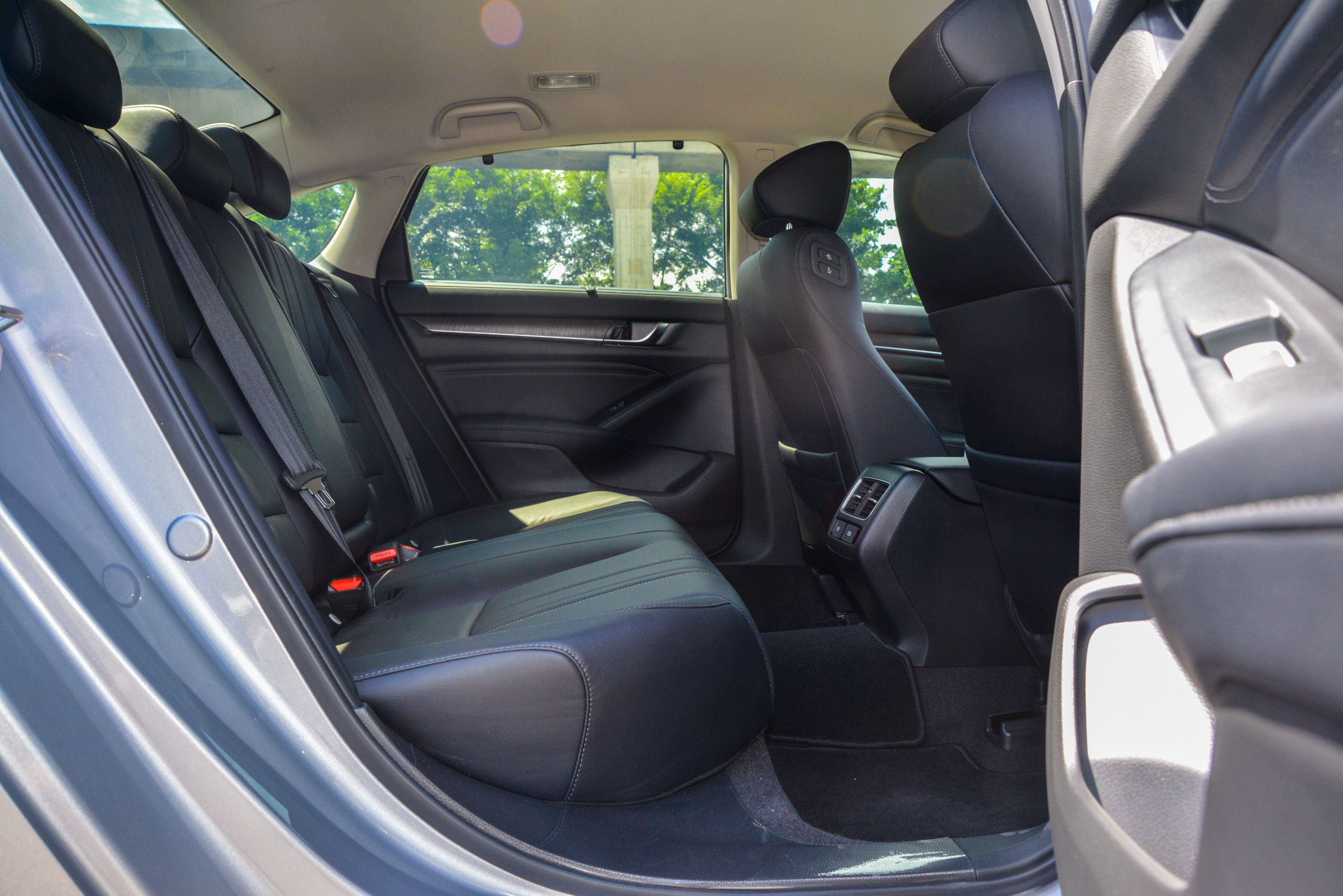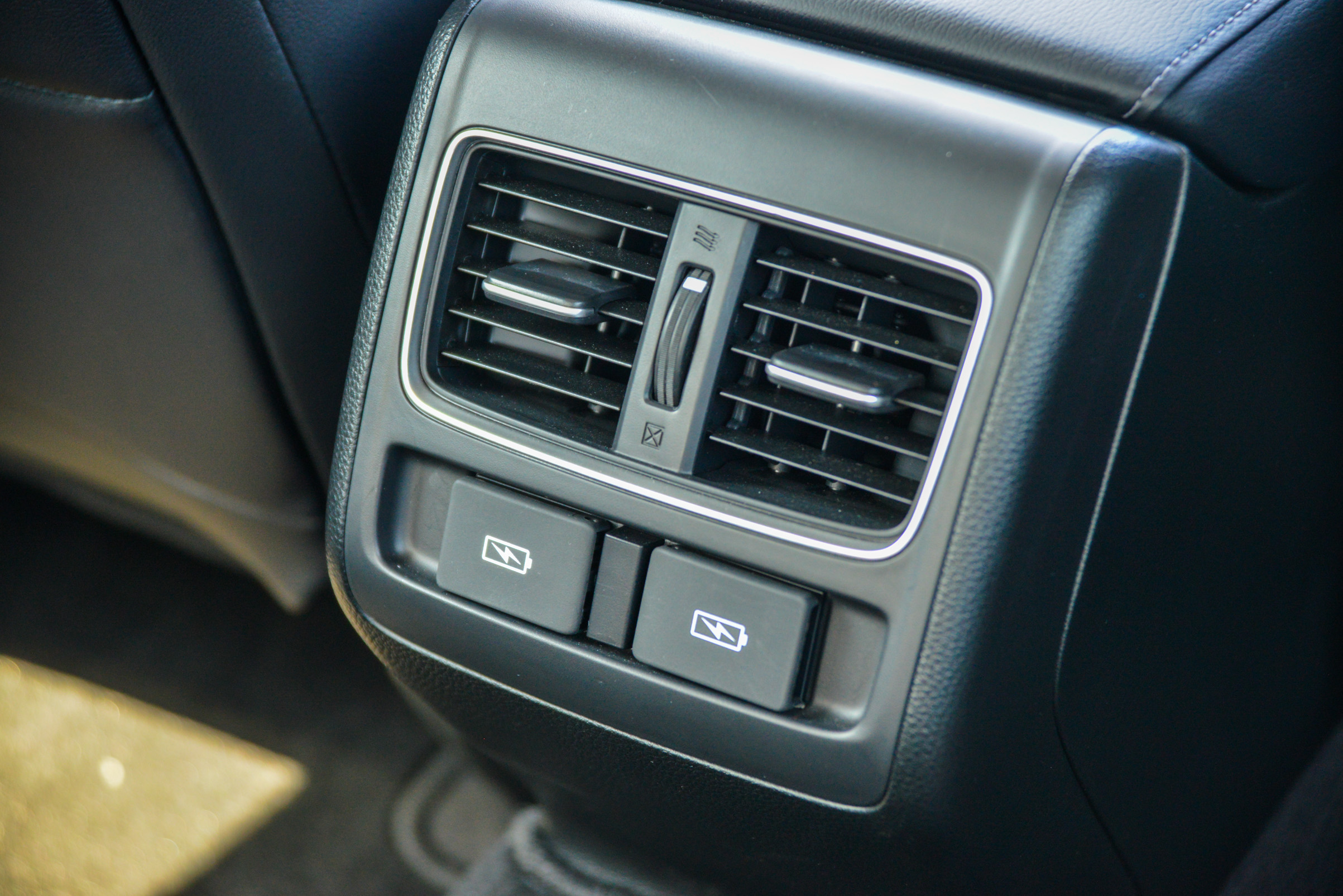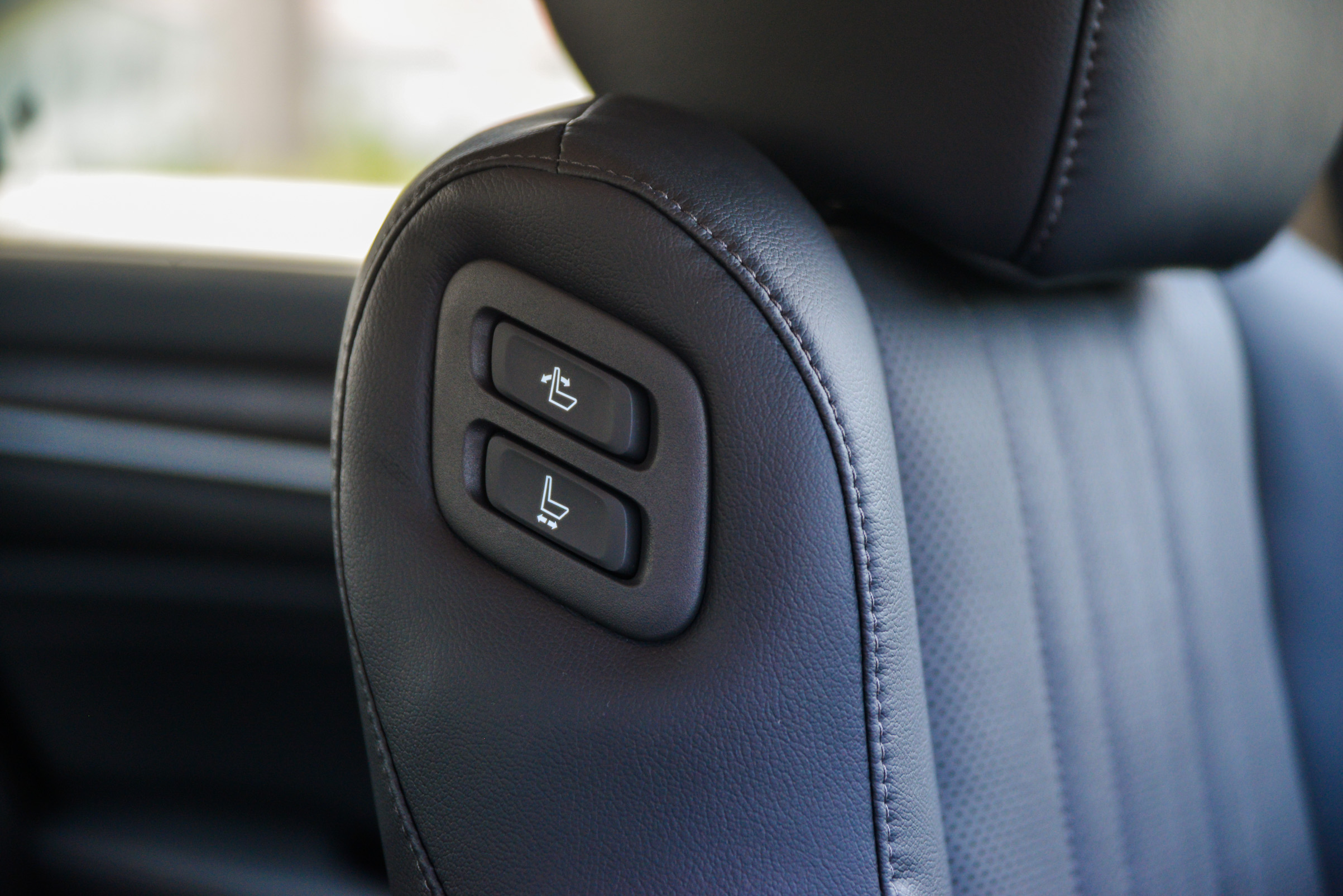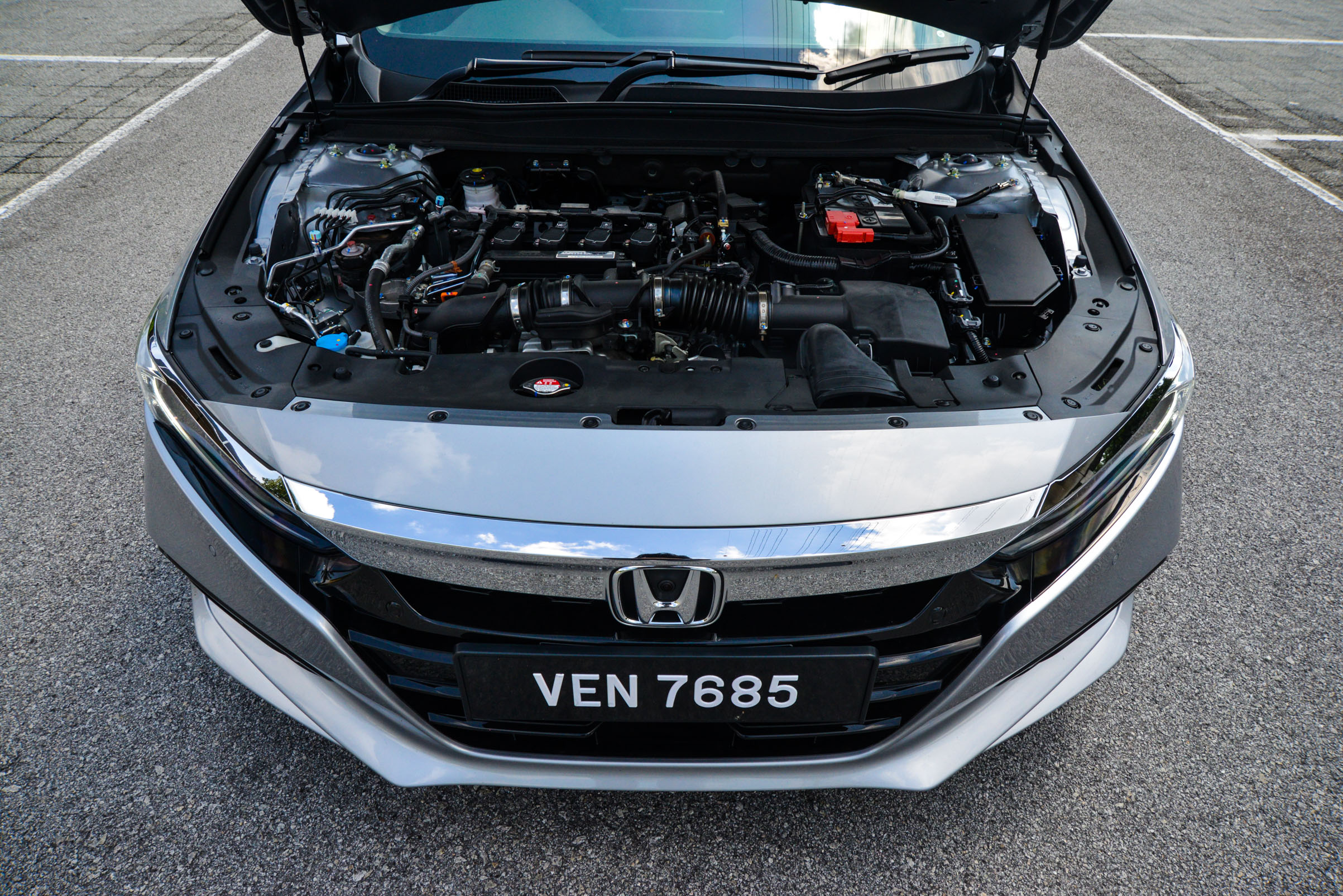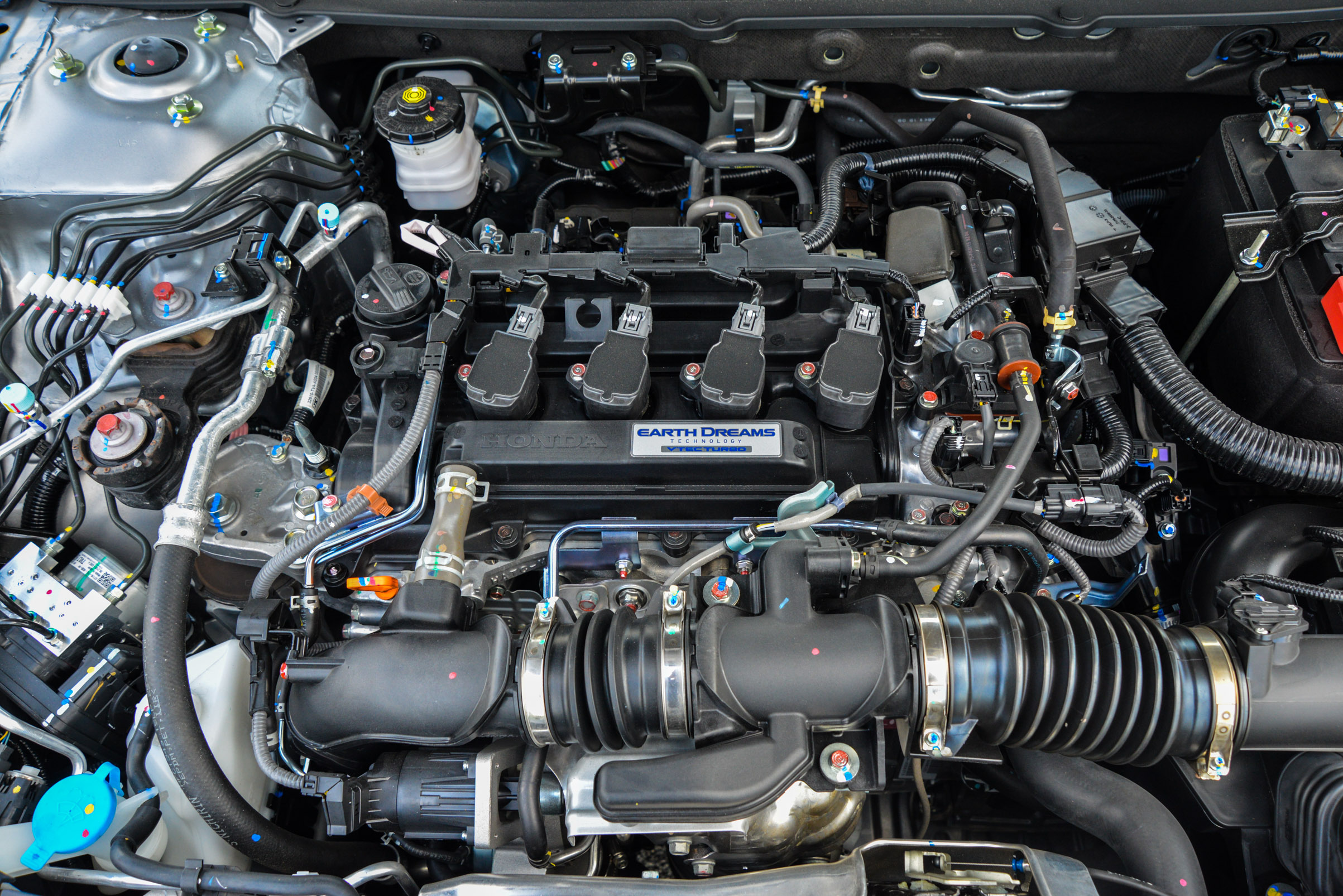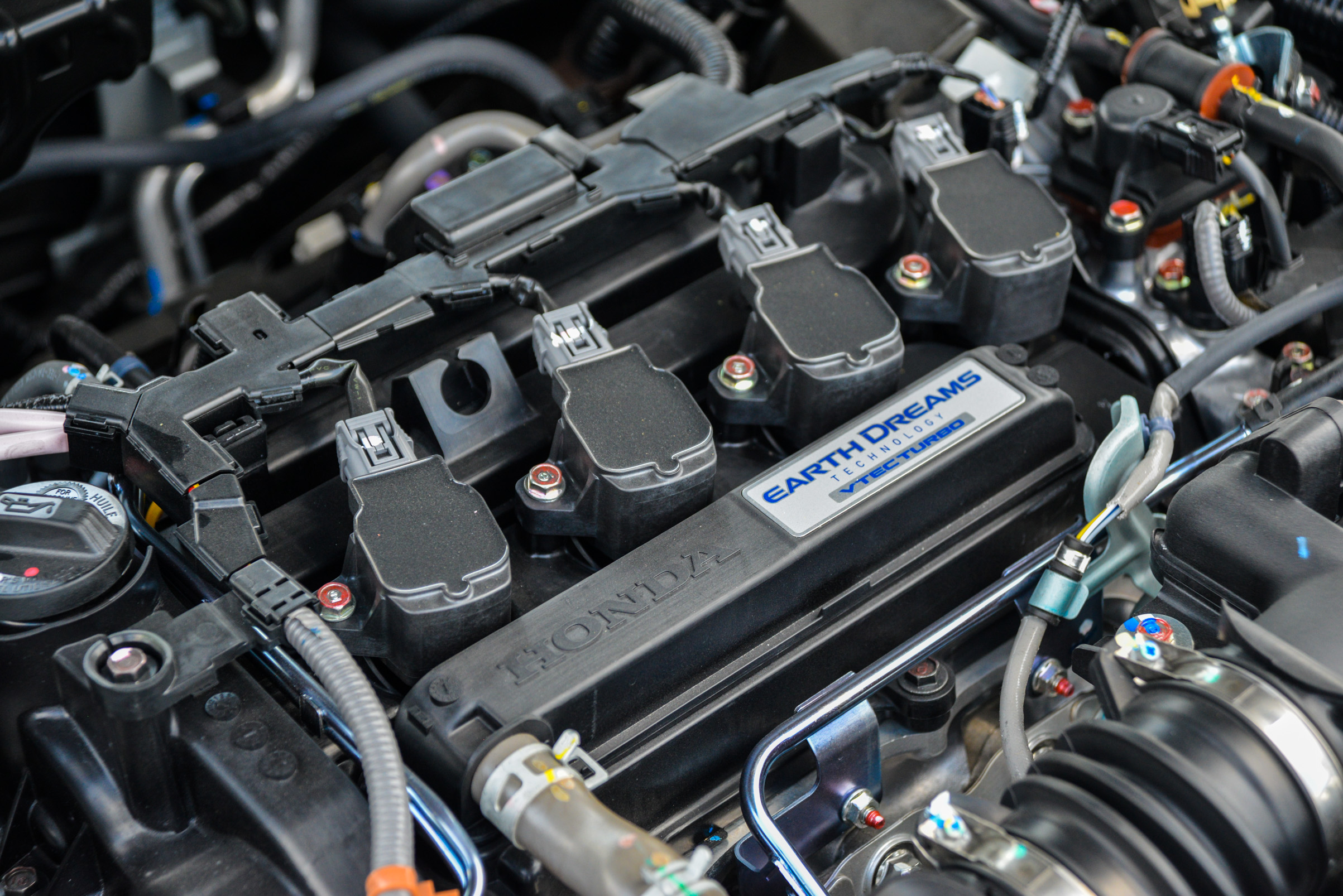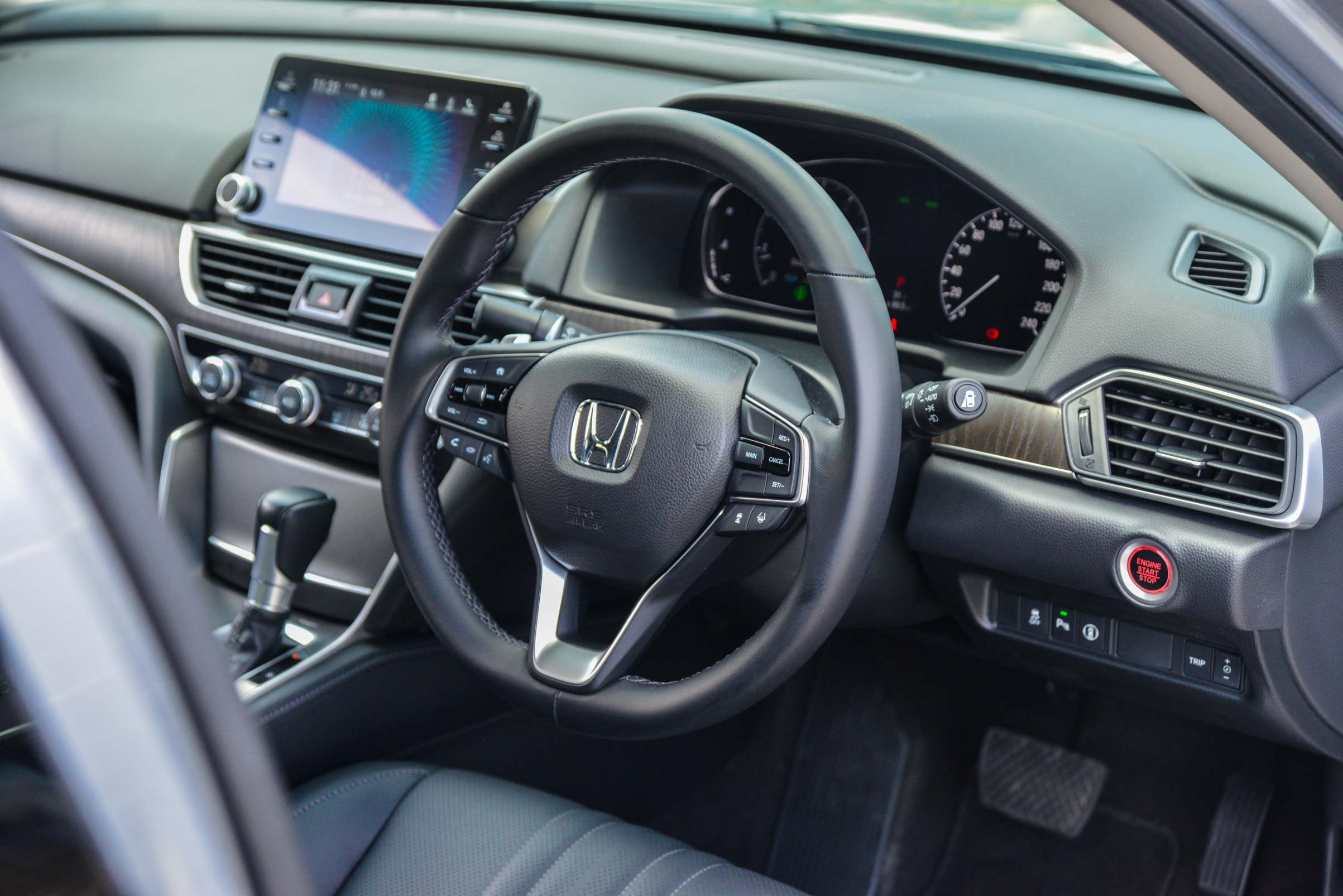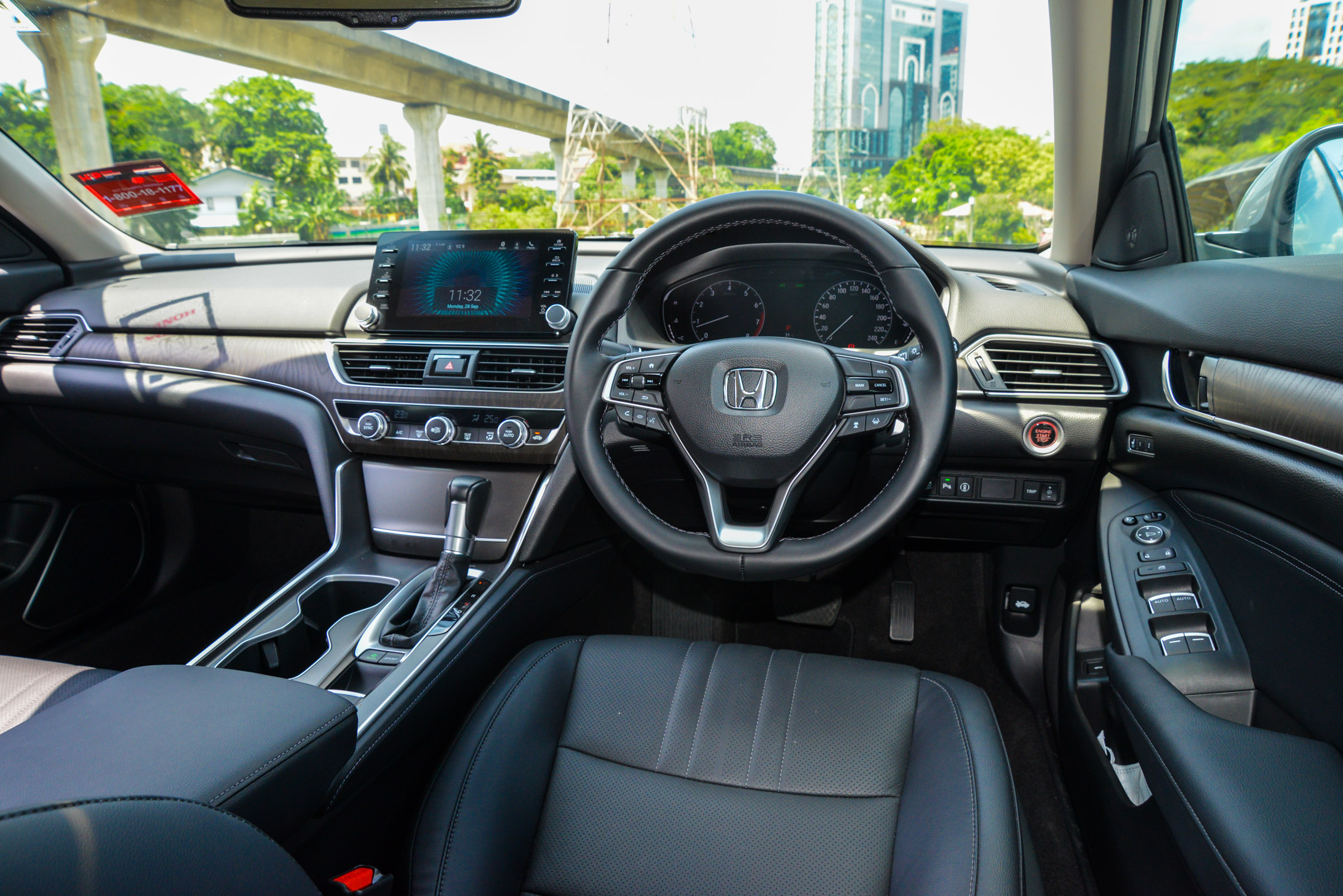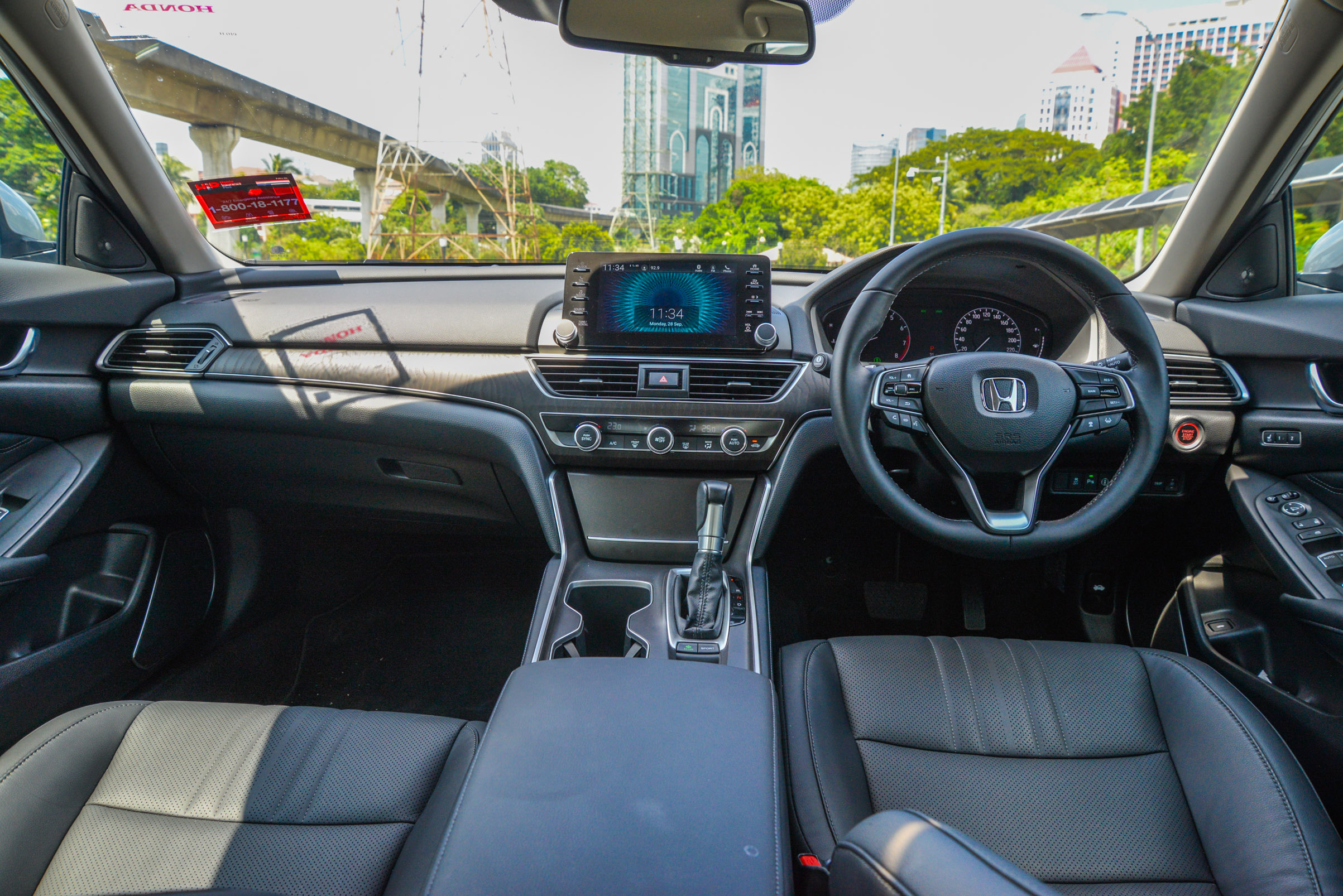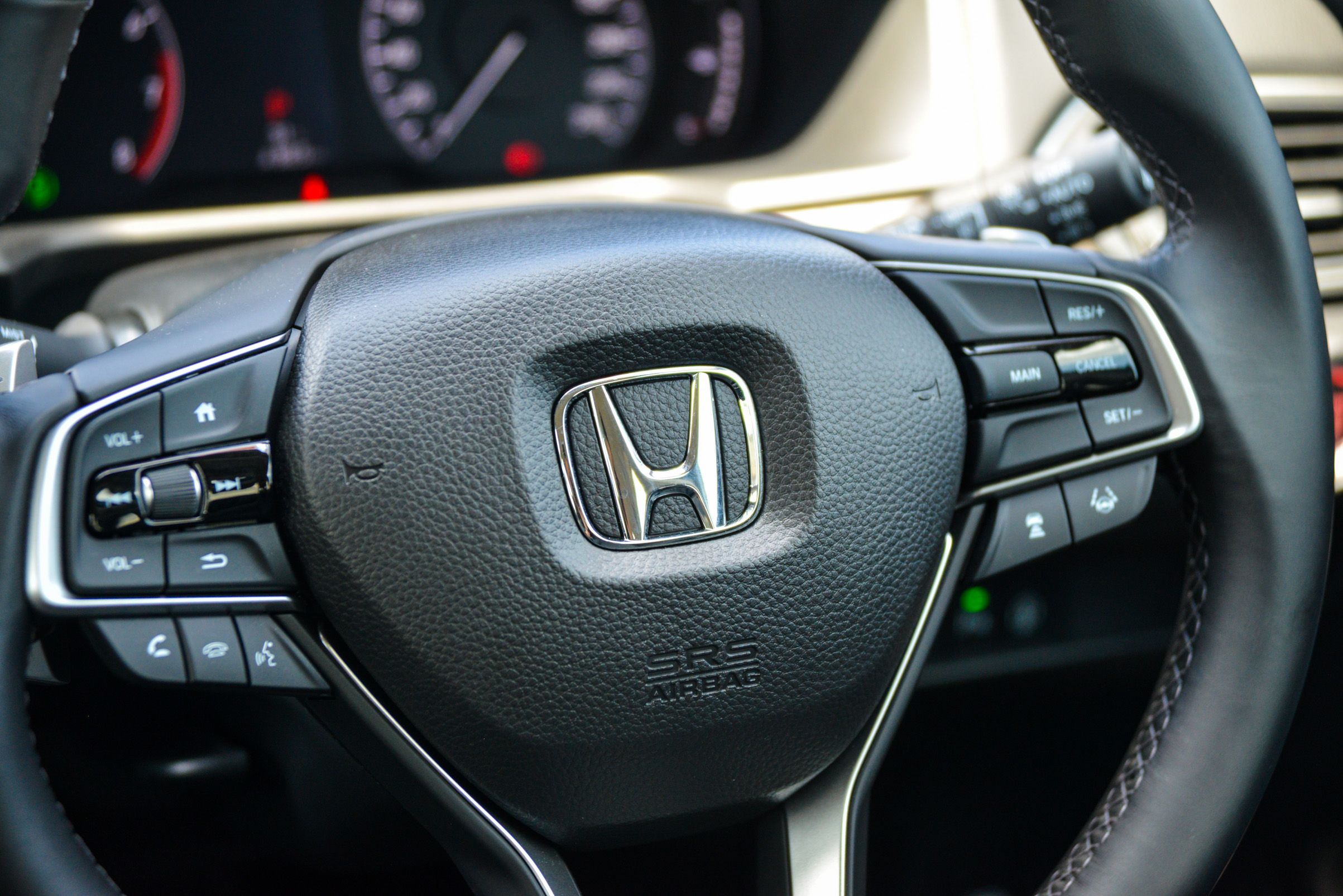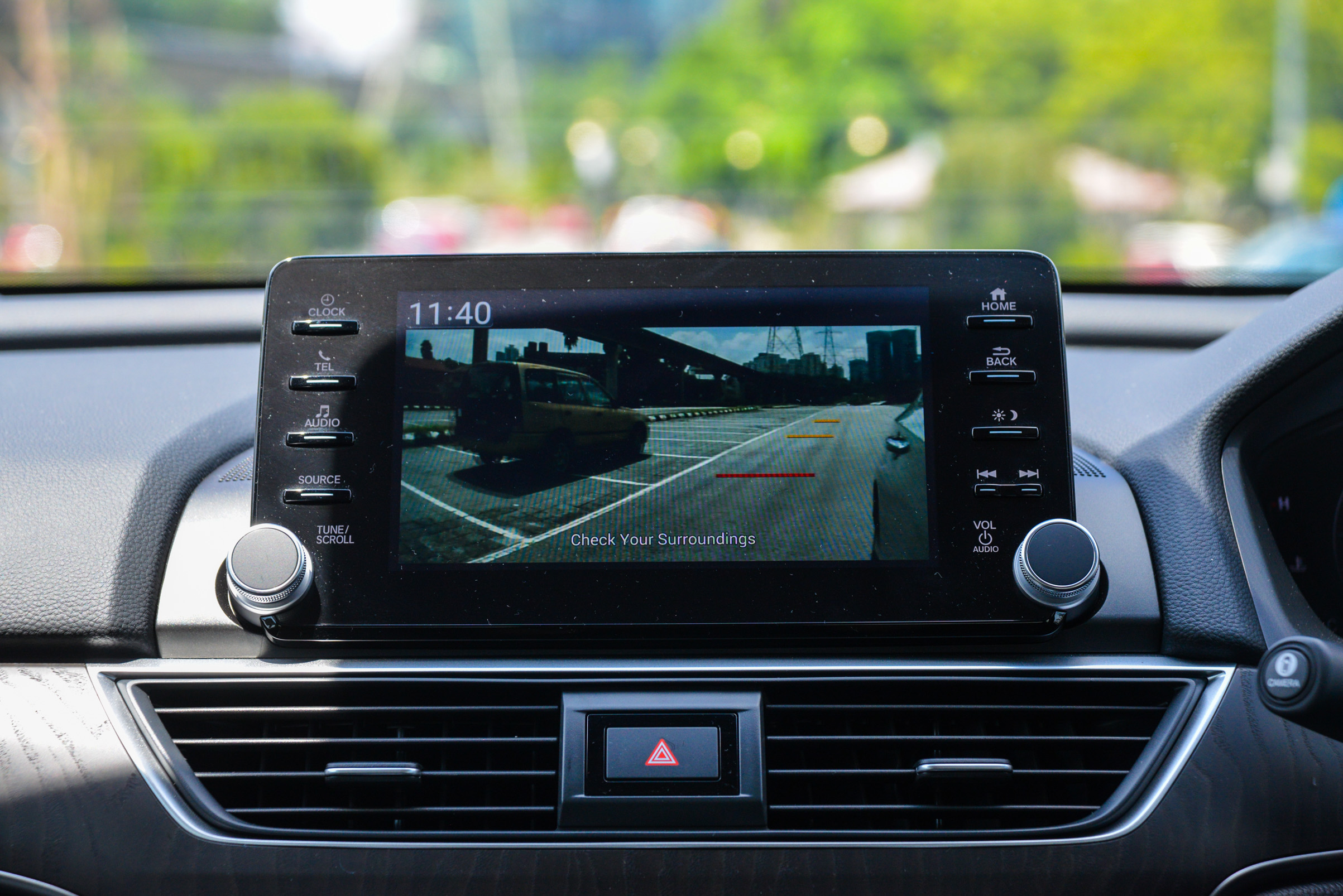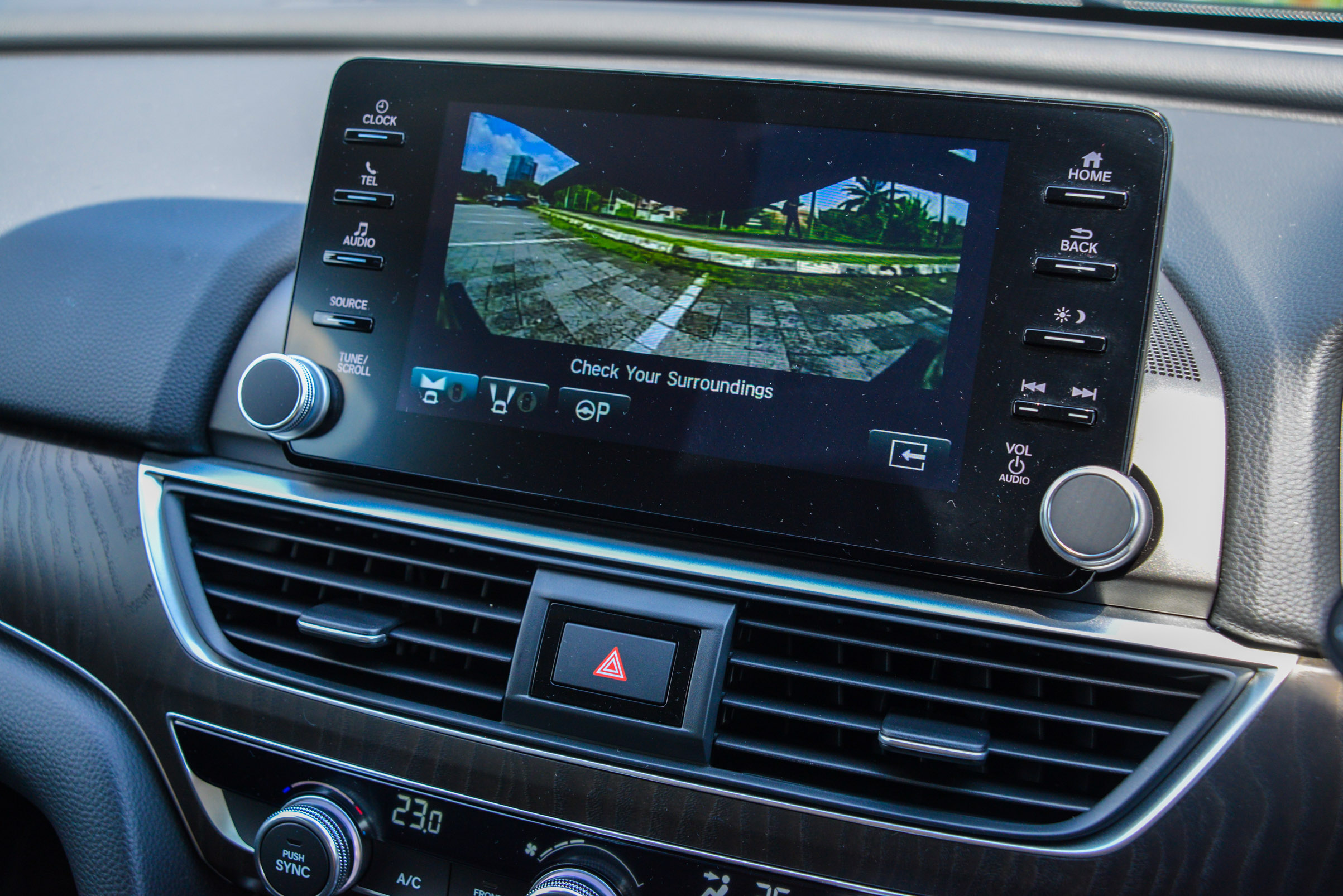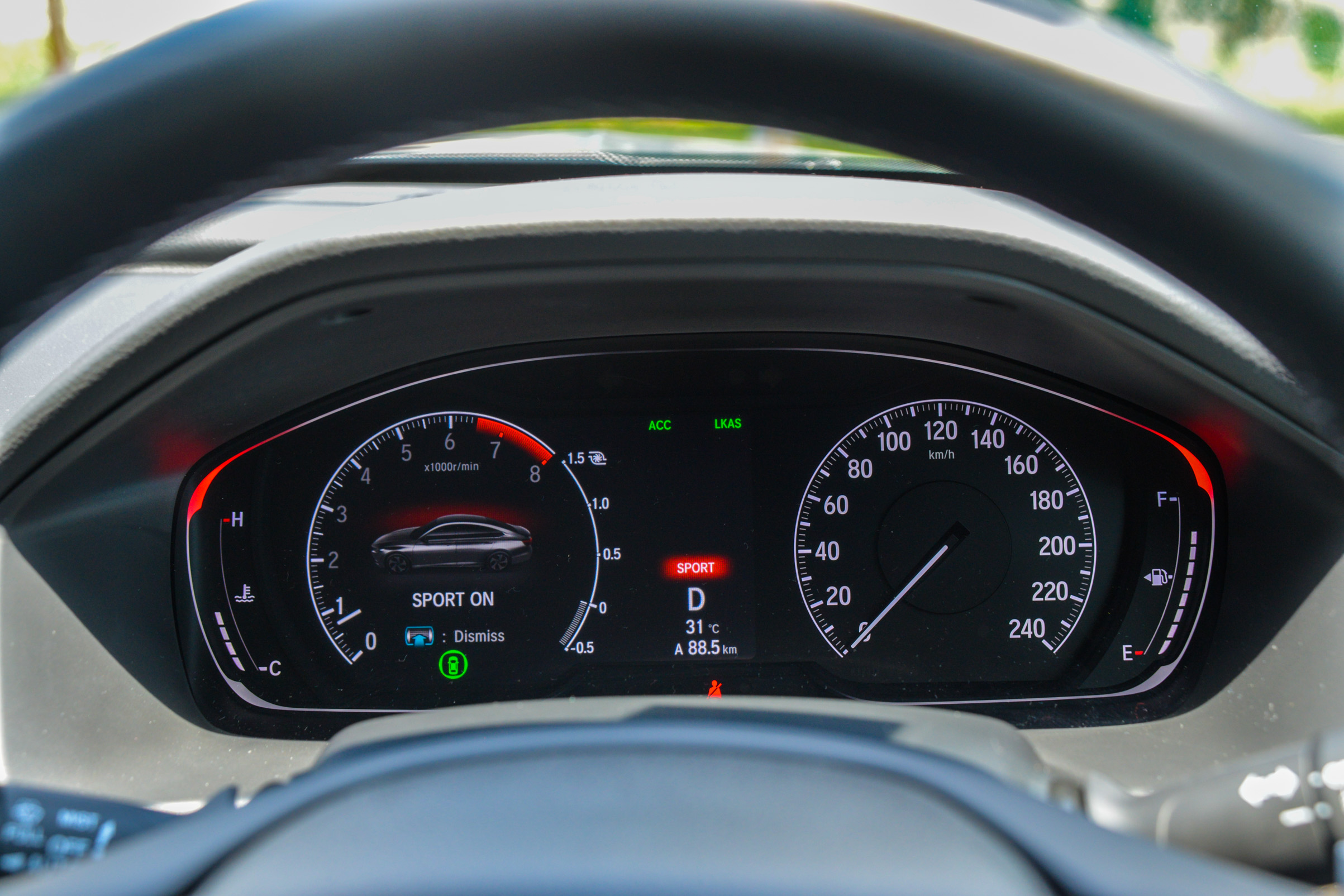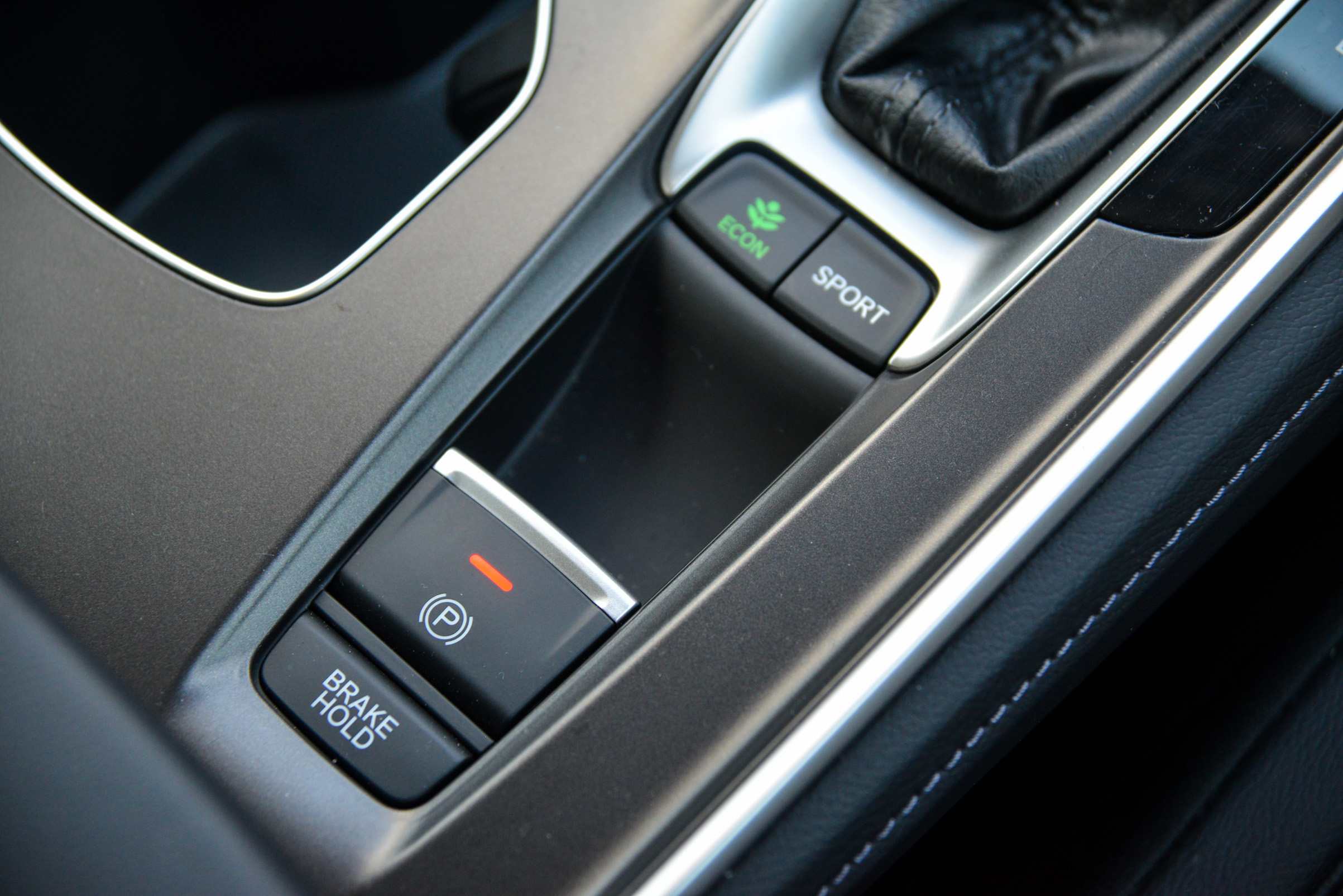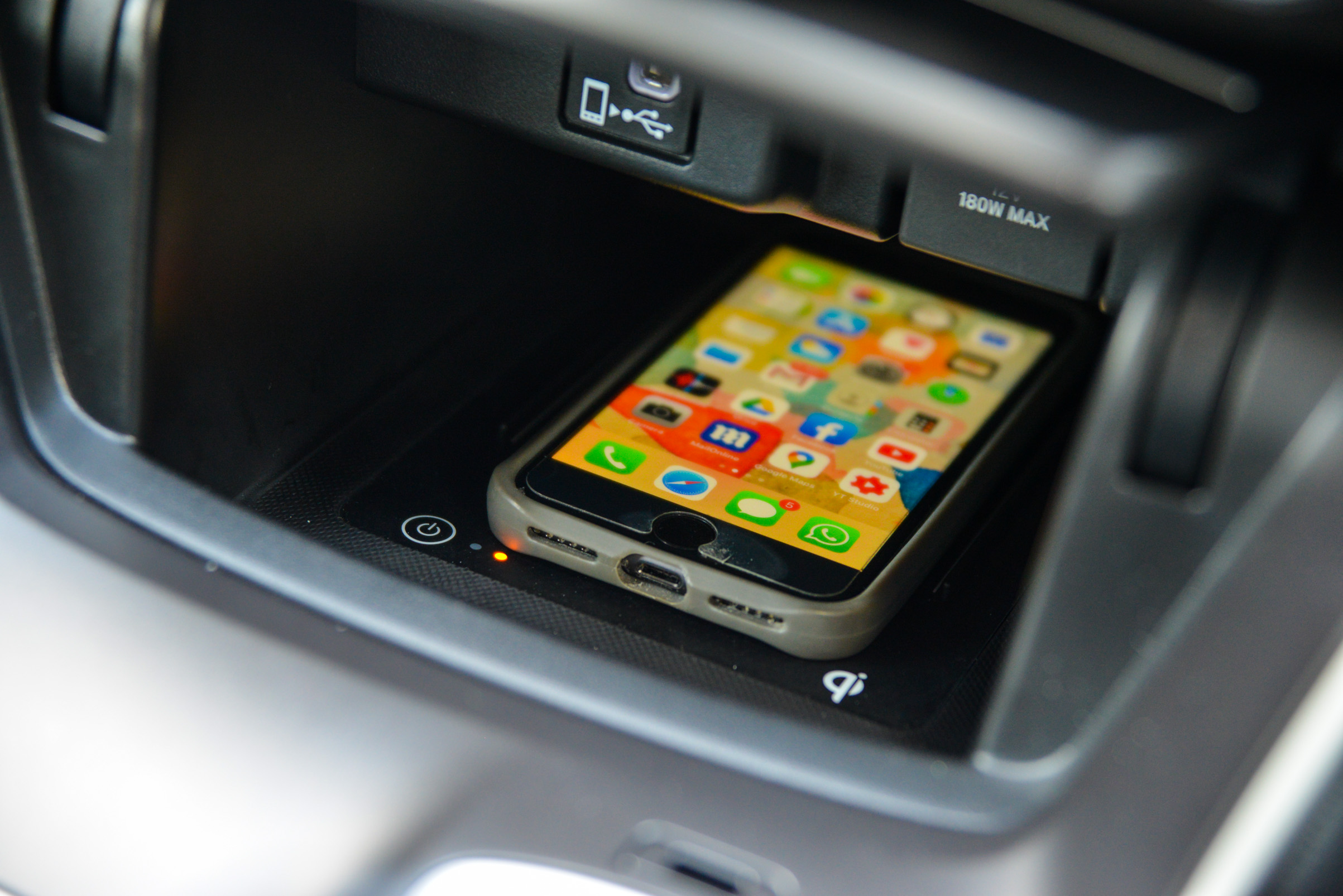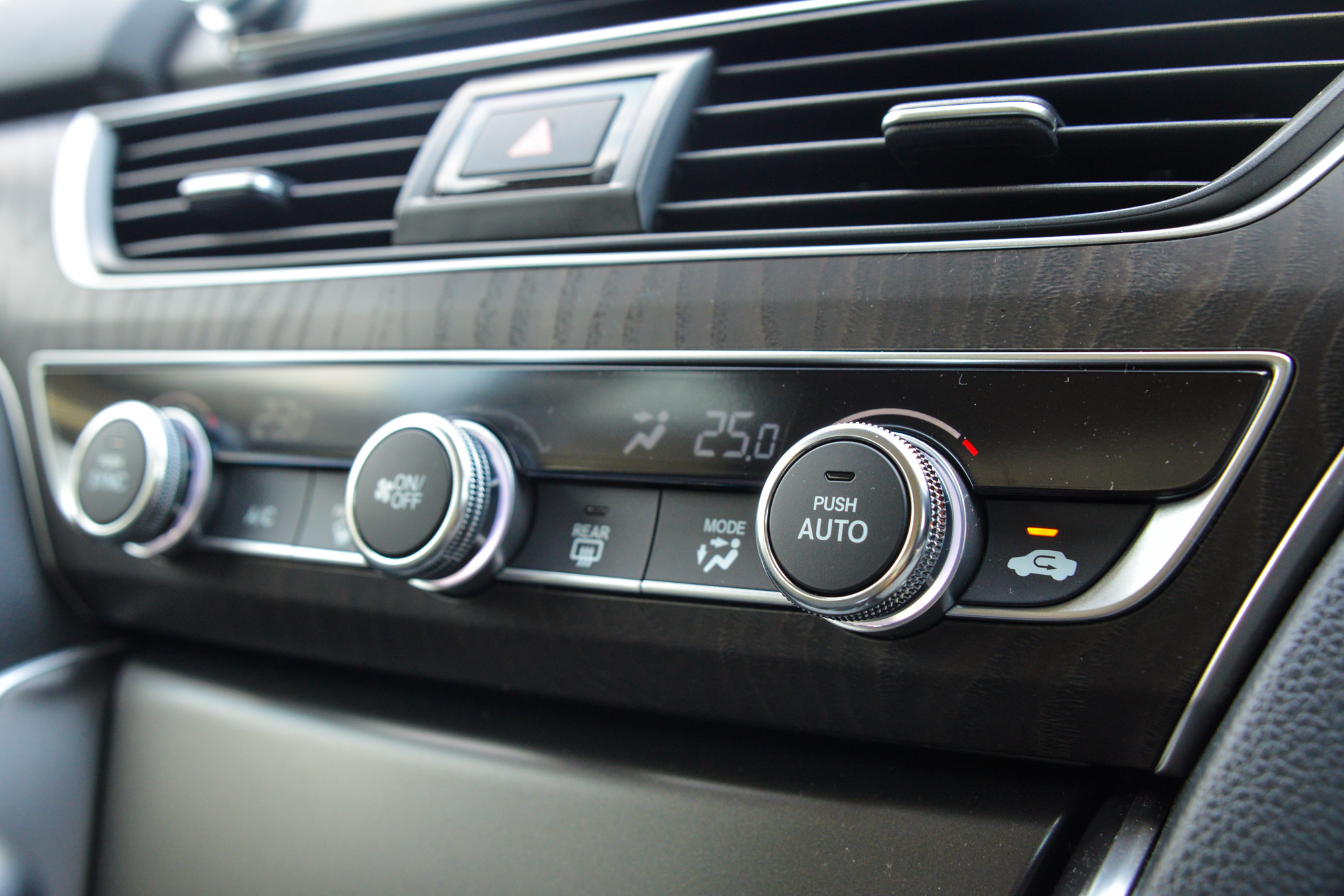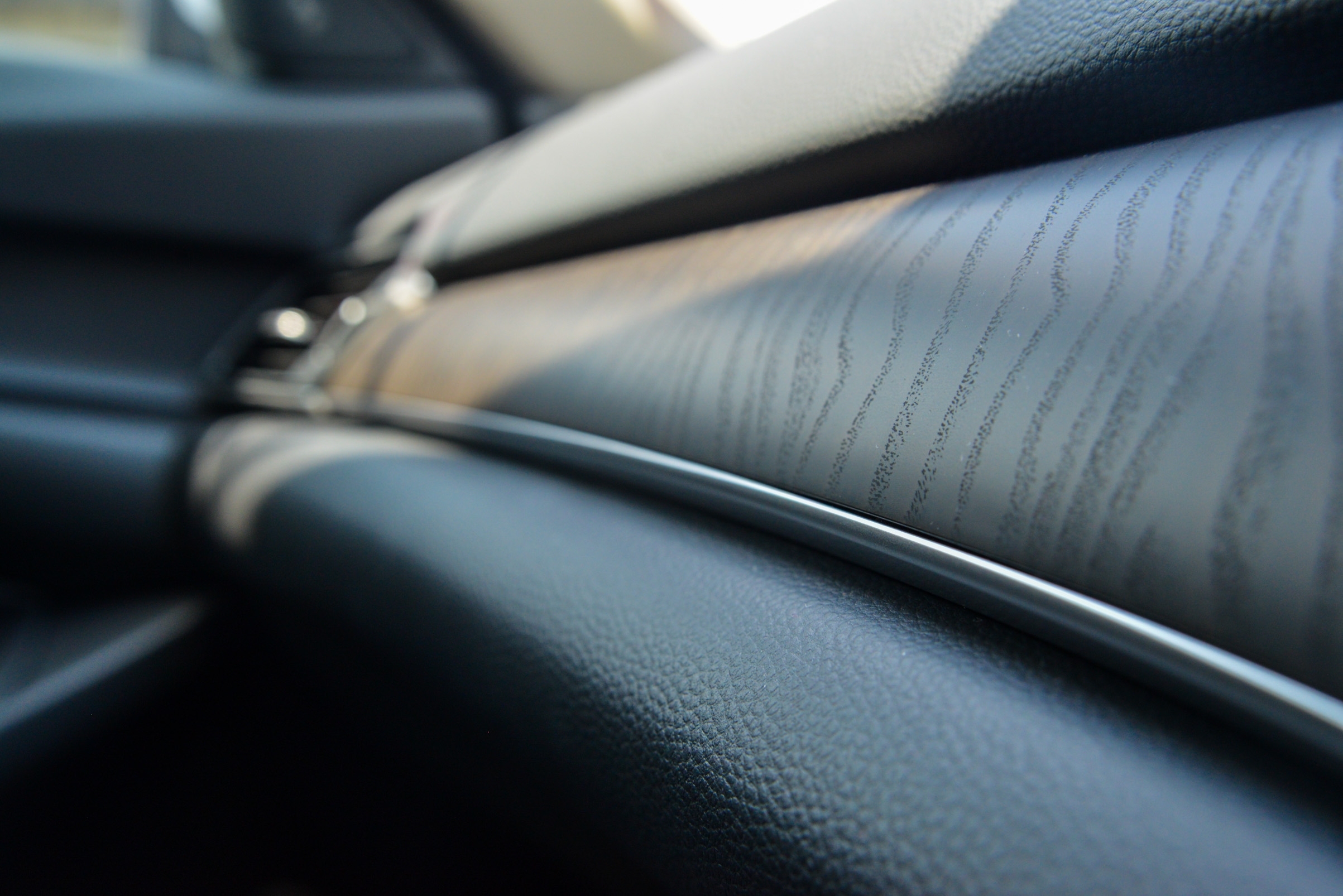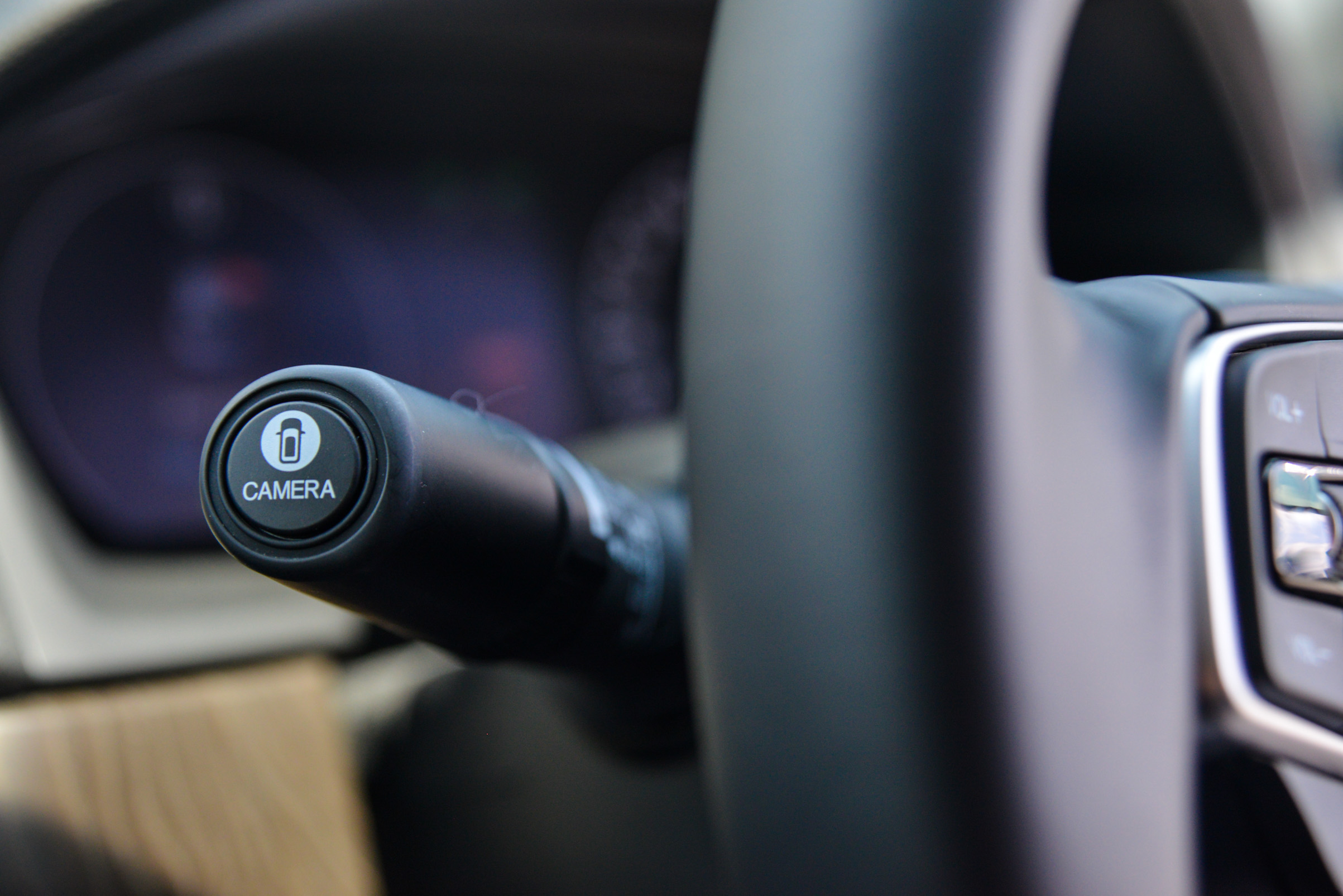2020 Honda Accord 1.5 TC-P review: still committed to space and comfort
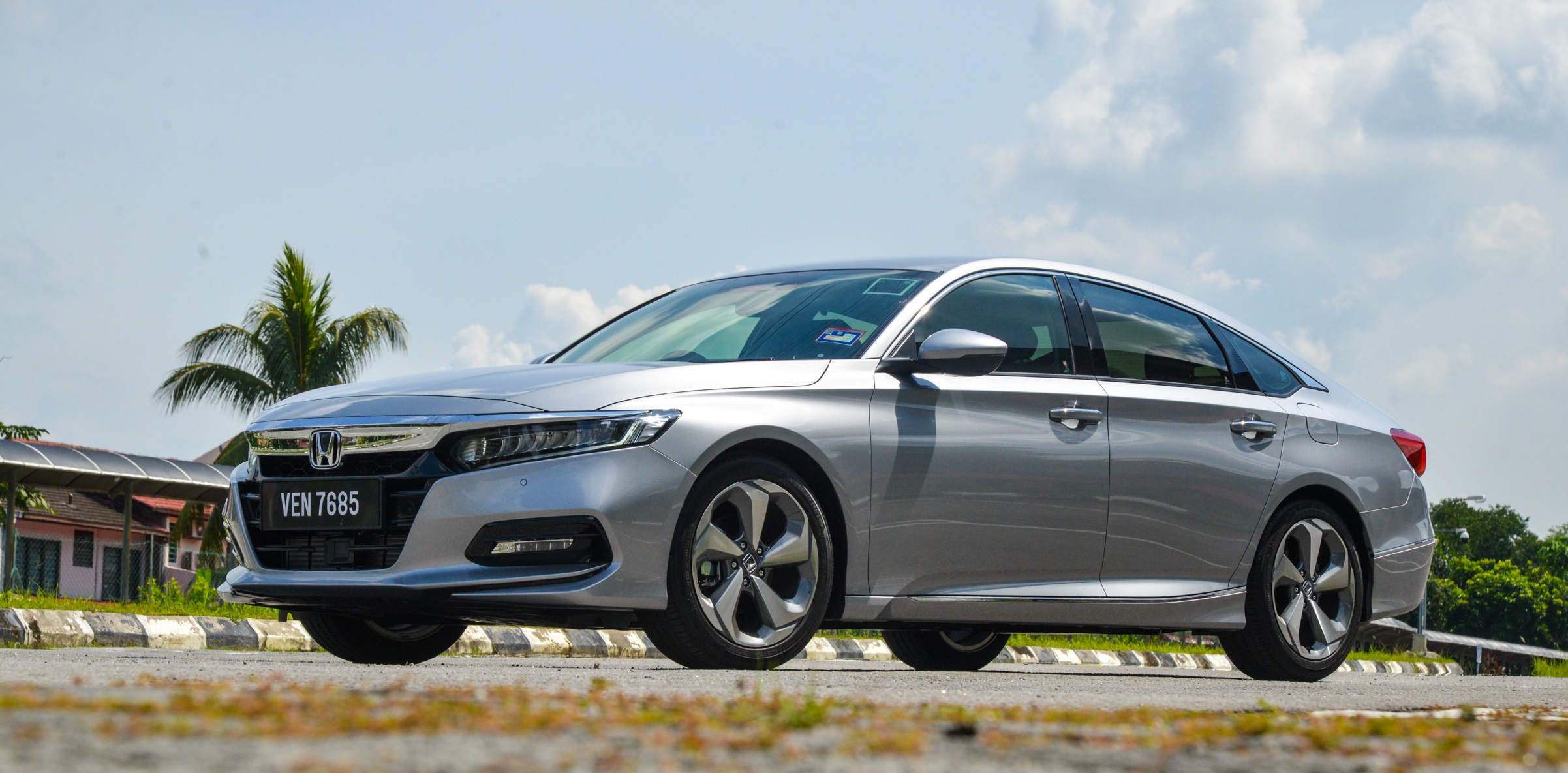
Expectation is a double-edged sword. It sprouts around us like boba joints in the Klang Valley, but a sip of the wrong concoction can easily put its greatest addicts off for weeks. At TopGear Malaysia, we crave horsepower instead. And when a family exec touting close to 200bhp that’s not a Volkswagen Passat comes around, we take notice.
This fuelled months of compounding expectation for our first taste of what the 10th-generation Honda Accord – a car launched days before the Movement Control Order (MCO) was first enforced in March – is capable of. But now that we’ve driven it, we’re forced to part ways with any illusion we had about it being a potentially more engaging saloon to drive than the Civic.
Before you give us a lecture on how we’re terribly mistaken to draw up such a comparison in the first place, let us explain. For starters, the 2020 Accord’s heady output of 201PS and 260Nm is derived from the same 1.5-litre force-inducted block residing under the hood of the 173PS Civic Turbo. Sure, you’d expect the bigger brother to get a few more horses to help tug its extra weight, only there isn’t that much more to deal with on paper.
Despite growing 34mm longer and 12mm wider, the new Accord is a whopping 71kg lighter than its ninth-gen predecessor. In fact, the decked-out tester pictured here tips the scale just below the 1.5-tonne mark. And its resulting specific output of 135PS per tonne actually surpasses that of the highest-spec Civic (130PS per tonne). So why is the Accord nearly a full second slower to 100kph?
That anomaly in the spec sheet didn’t bother us as much as the way the Accord harnessed its power on the move. There’s evidently enough grunt on tap to sustain high speed cruises with relative ease. But the question marks crop up in the lower ranges where the occasional stutter caused by turbo lag forces you to second-guess an overtaking manoeuvre or two in scattered traffic. This occurrence may be sporadic and short-lived, but it’s often followed up by a peculiar shuffling drone most likely stemming from a CVT that’s trying its level best to cope with our demanding throttle inputs.
These are ultimately perception issues that should eventually go unnoticed after spending enough hours behind the button-laden wheel of the Accord; it’s still a notably more spirited drive than the old, naturally-aspirated 2.4-litre model. But it’s hard to ignore the powertrain quirks given how well they’re masked in other Honda models powered by the same VTEC Turbo architecture, albeit in different states of tune.
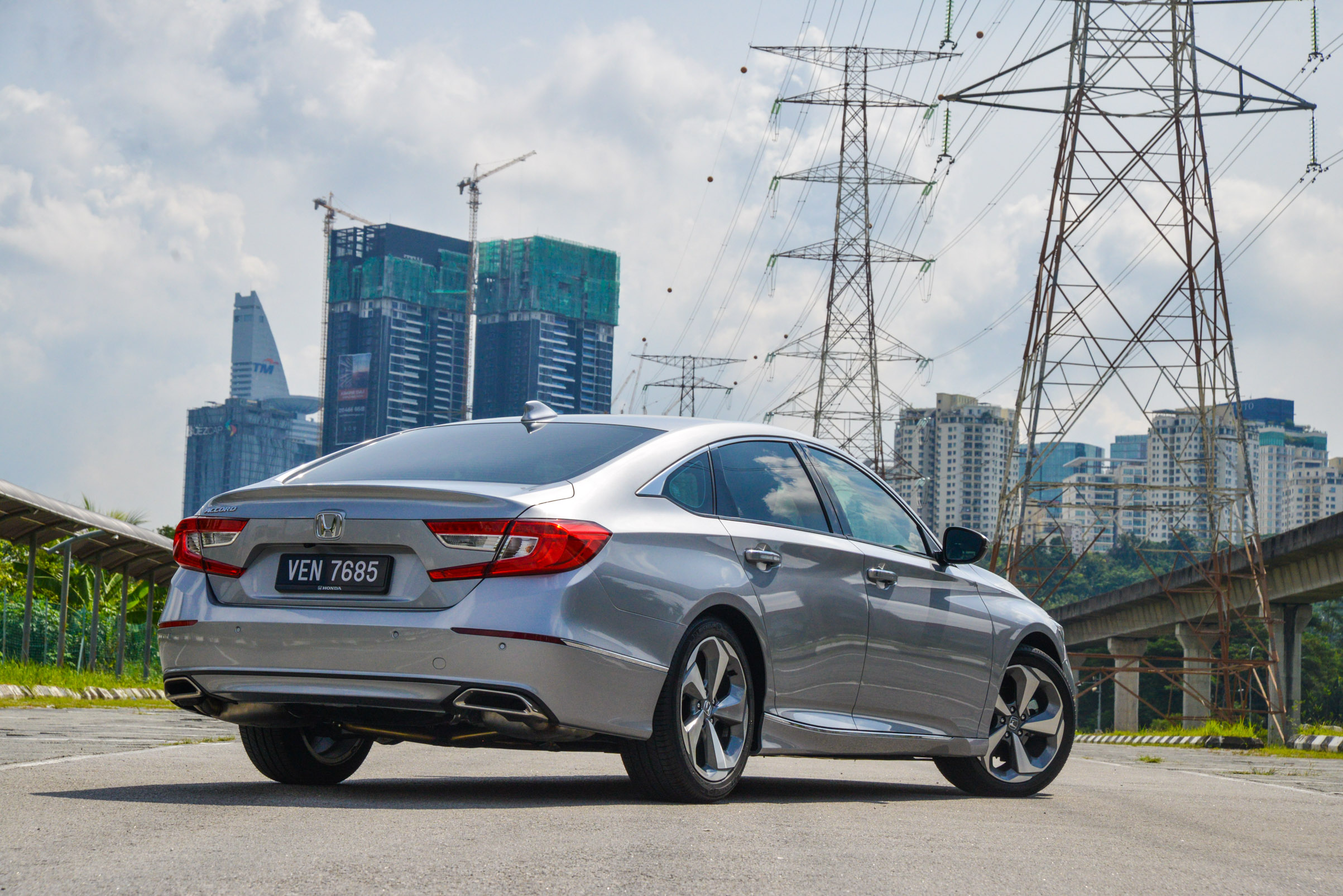
Steering response is rather pleasant in the big sedan, though. There’s some obvious electric assistance to keep things light and easy for the daily grind, but it points with a good balance of accuracy and feedback. The ride maintains a similar diplomacy as far as driving dynamics are concerned. Some Honda fanboys may find it a tad soft – the days of the Accord charging against the Camry’s grain in this respect are long gone – but the suspension is pretty well sorted for the most part.
People don’t go around buying D-segment cars to tackle hill climbs on Sundays with anyway. Clearly, practicality and comfort rank higher on the new Accord’s priority list. A quick peek through the heavily tinted rear windows is all it takes to deduce that the passenger experience is likely superior to that of the driver. Honda has managed to stretch the Accord’s wheelbase by 55mm, and the rear quarters have grown tremendously as a result. Beyond the rear axle, the boot has gained an additional 120 litres too; the 570-litre cavern is quite the pandemic-era panic shopper's fantasy.
The reserved nature of the Accord’s otherwise academically-sound powertrain makes a bit more sense when you’re absorbing the passenger-oriented qualities of its well-insulated cabin. It helps that every bit of tech and tack on the dash exudes a welcoming vibe that’s both minimalistic and modern, making it virtually impossible to mistake the new interior for the old one. But the déjà vu hits the moment the indicators are flicked to the left.
People don’t go around buying D-segment cars to tackle hill climbs on Sundays with anyway
Doing so brings up the grainy feed of the Accord’s LaneWatch camera – incredibly useful, but somewhat pixelated by today’s standards. The all-round parking cameras do not fare much better either, not when there’s so much high-definition LCD real estate on offer. You’d expect a car equipped with a crisp, eight-inch head unit, an equally geek-worthy digital instrument cluster, and enough sensors to power the Honda Sensing driver aids (collision mitigation, lane keep assist, adaptive cruise control, etc.) to go all out with better lenses. We may be nit-picking at this point, but it’s difficult not to when the on-board package is so close to perfection for what the car is worth.
On that note, RM195,900 (RM187,390 with sales tax exemption) is admittedly a rather tall ask for a locally-assembled D-segment mainstay that was much more financially-accessible in the not-too-distant past. When prices go up, so do expectations. And while the 2020 Honda Accord 1.5 TC-P didn’t meet each one of ours, there’s still enough character and quality in its formula to fend off the ‘uncle car’ label that continues to haunt the D-segment.
It's really not a crime to like your cars big and comfy, you know?
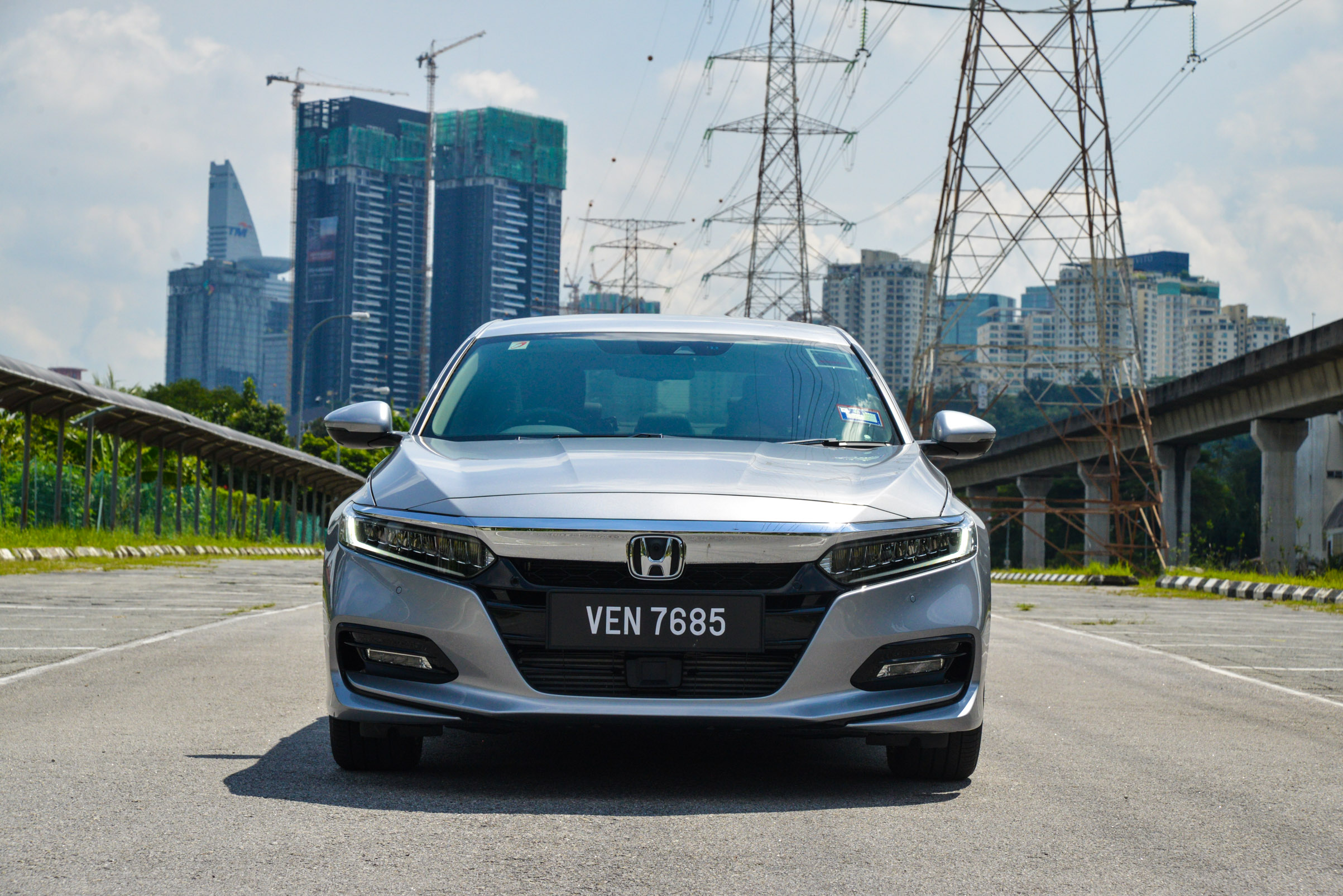
Honda Accord 1.5 TC-P
Price: RM195,900 (RM187,390 with SST exemption)
Engine: 1.5L 4cyl turbo, 201PS, 260Nm
Transmission: CVT, FWD
Performance: 0-100 in 9.1 secs, 190kph
Economy: 6.3L per 100km
Verdict: 7/10
Not quite the driver's saloon its increased output suggests, but an improved Accord nonetheless. The 10th-gen model's true qualities lie in its substantial advances in cabin space, ride comfort and on-board tech. Prices may be a bit steep, but it's a largely competent package overall for traditionalists resisting the SUV revolution.


